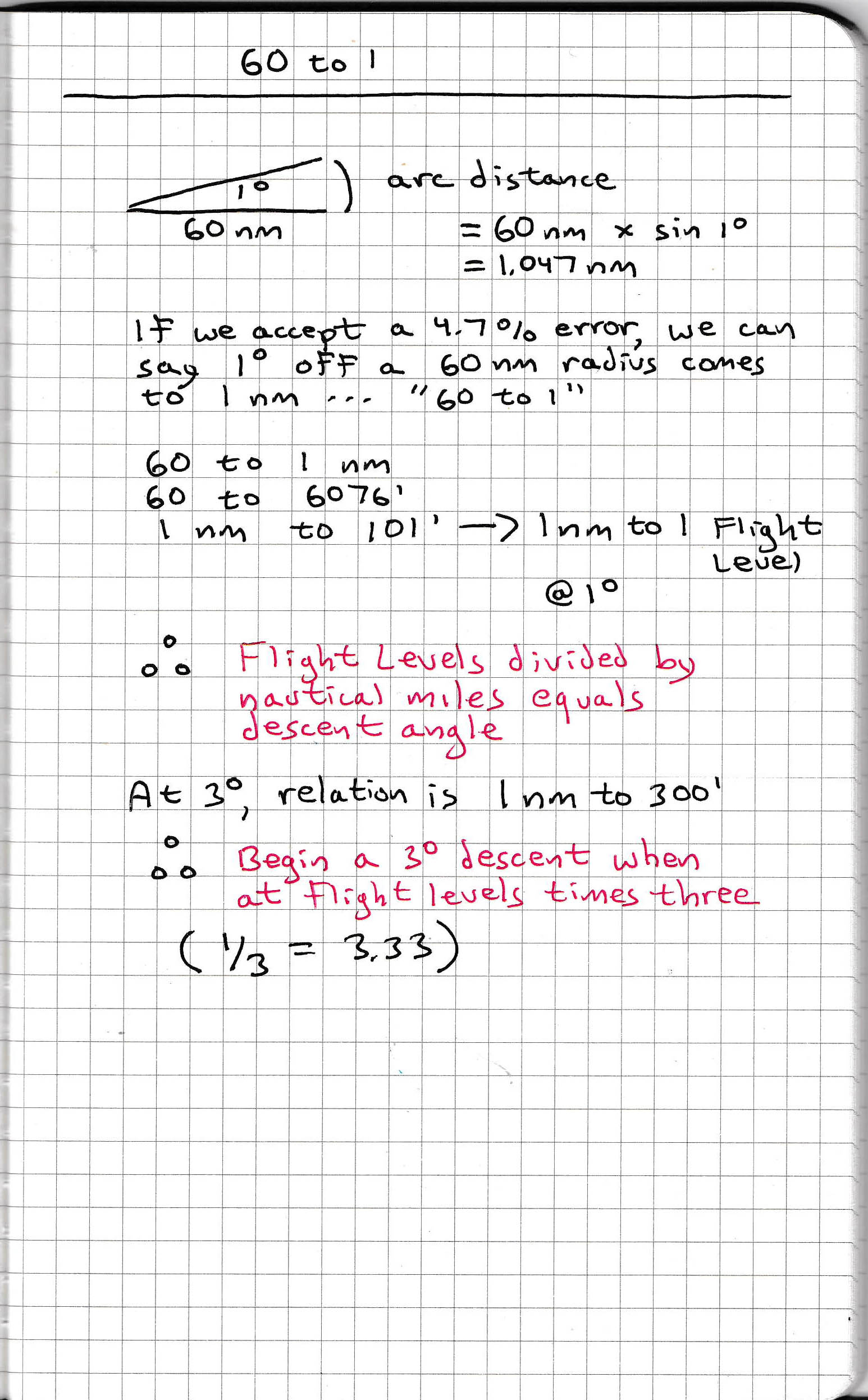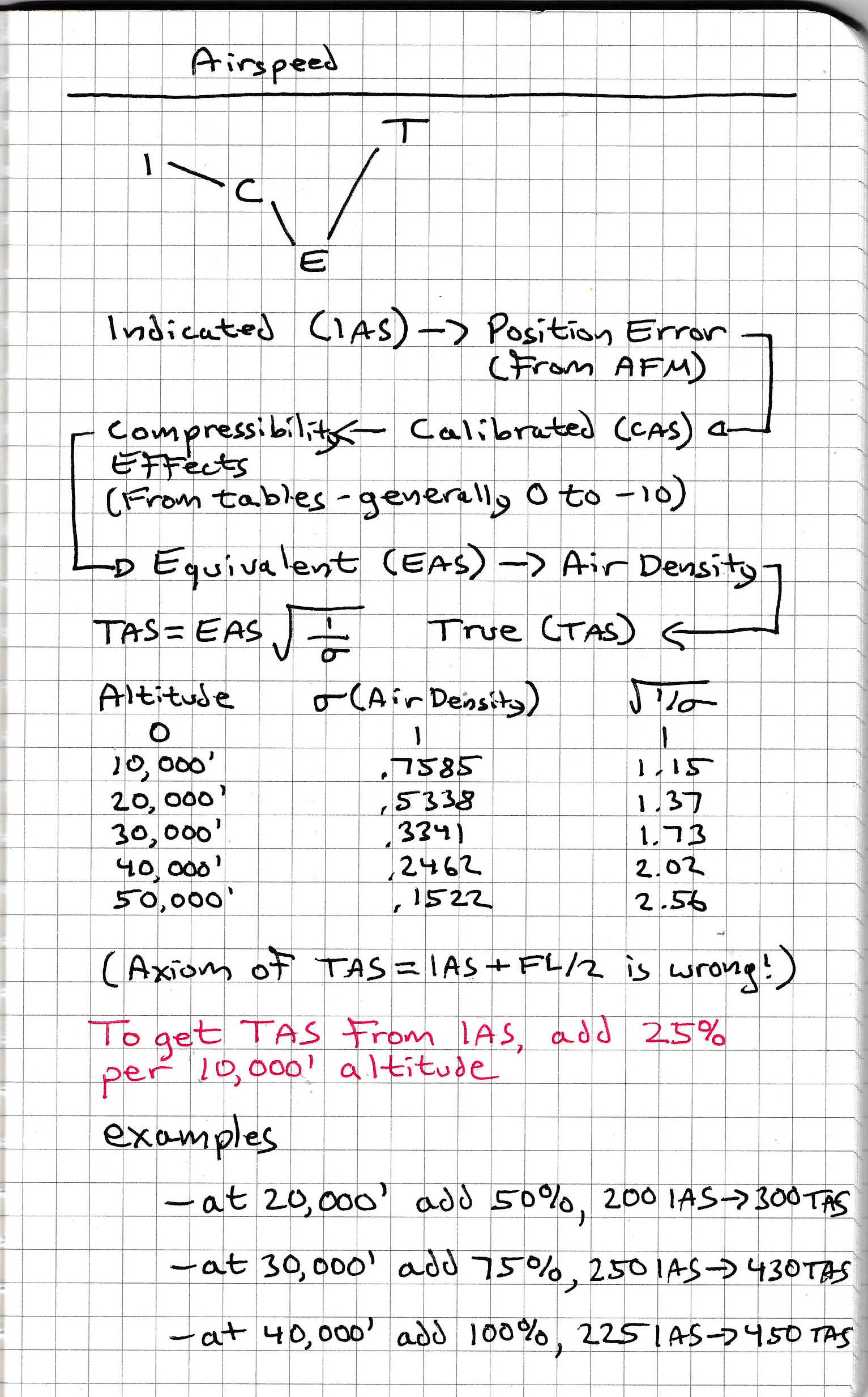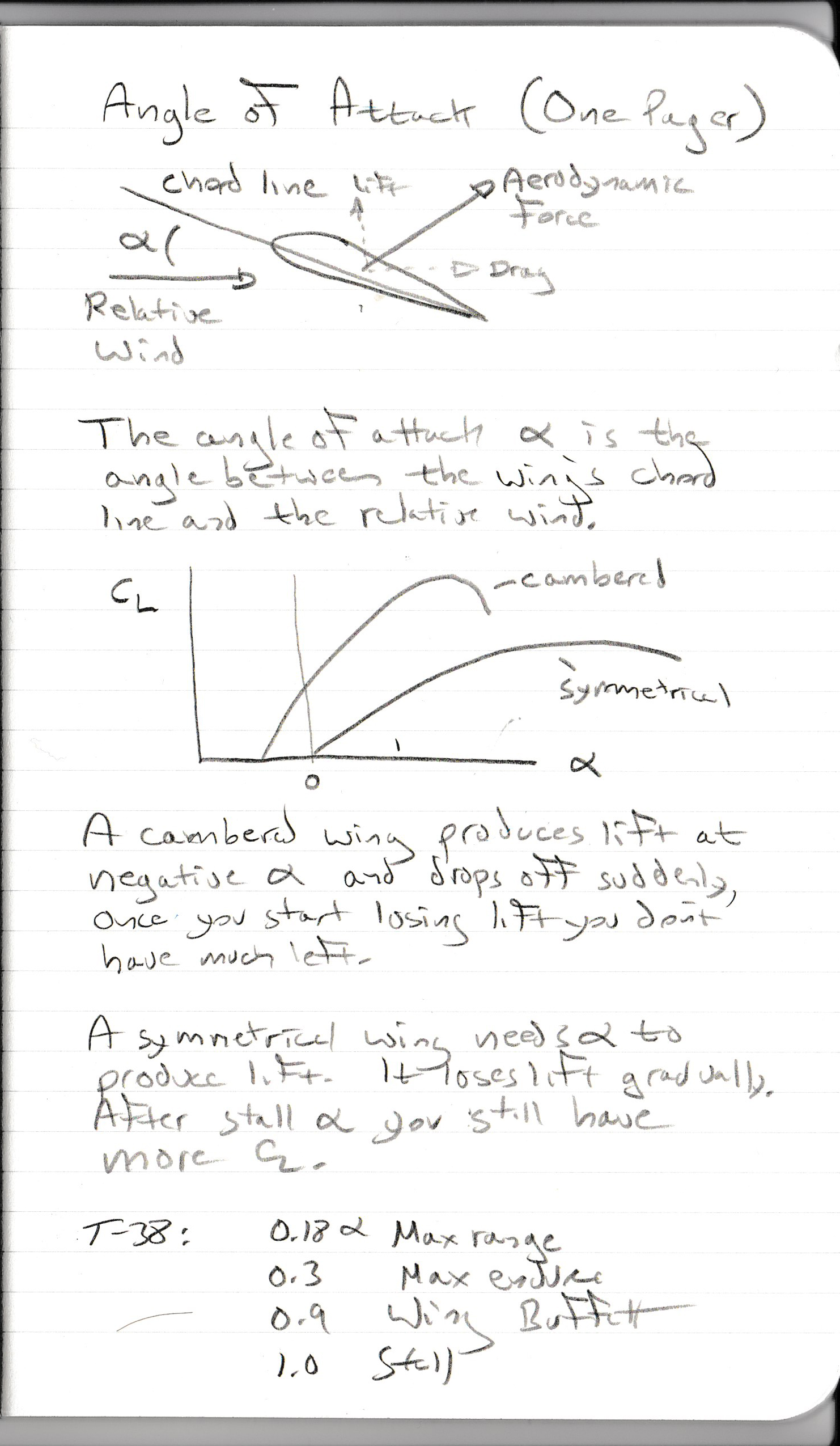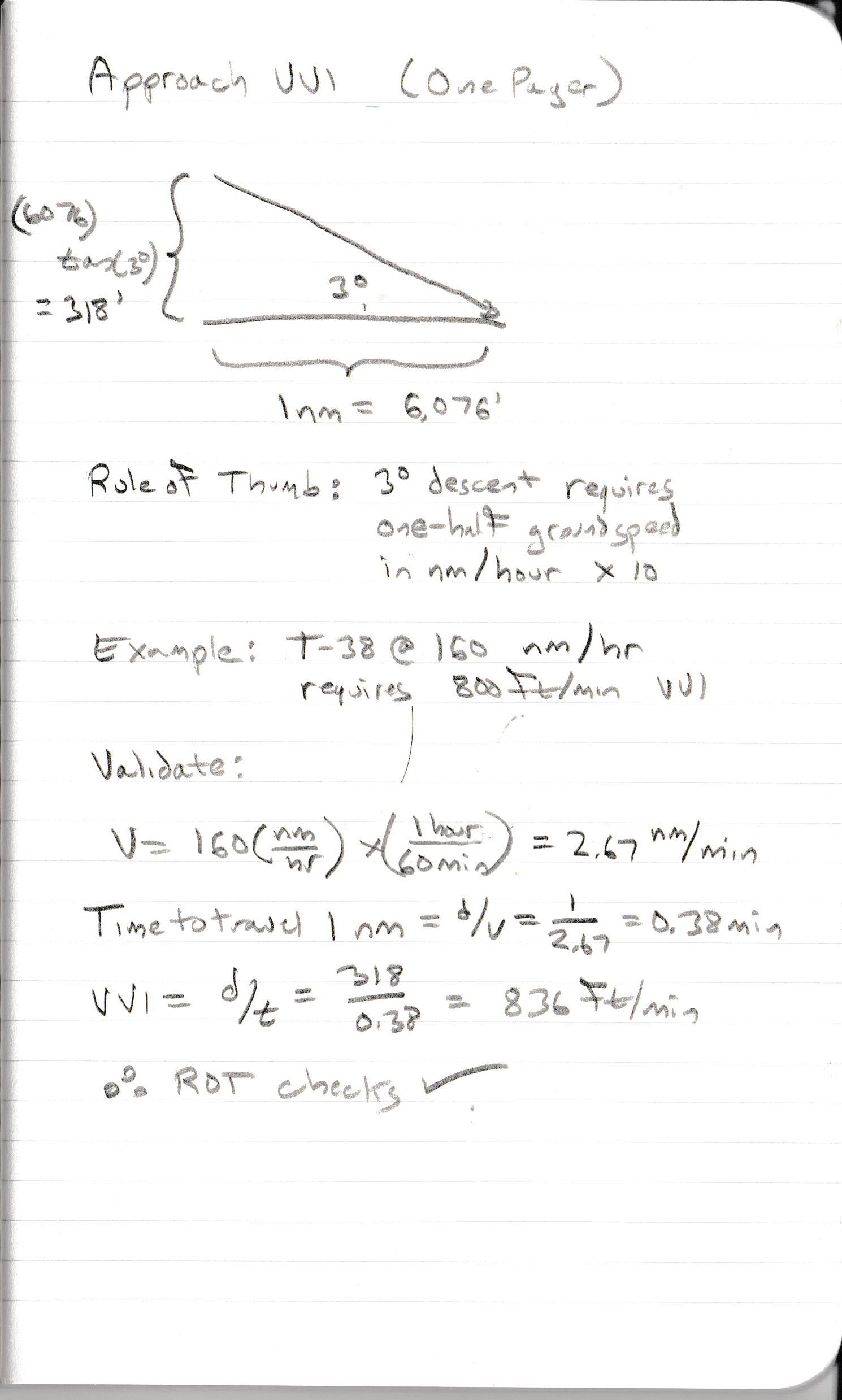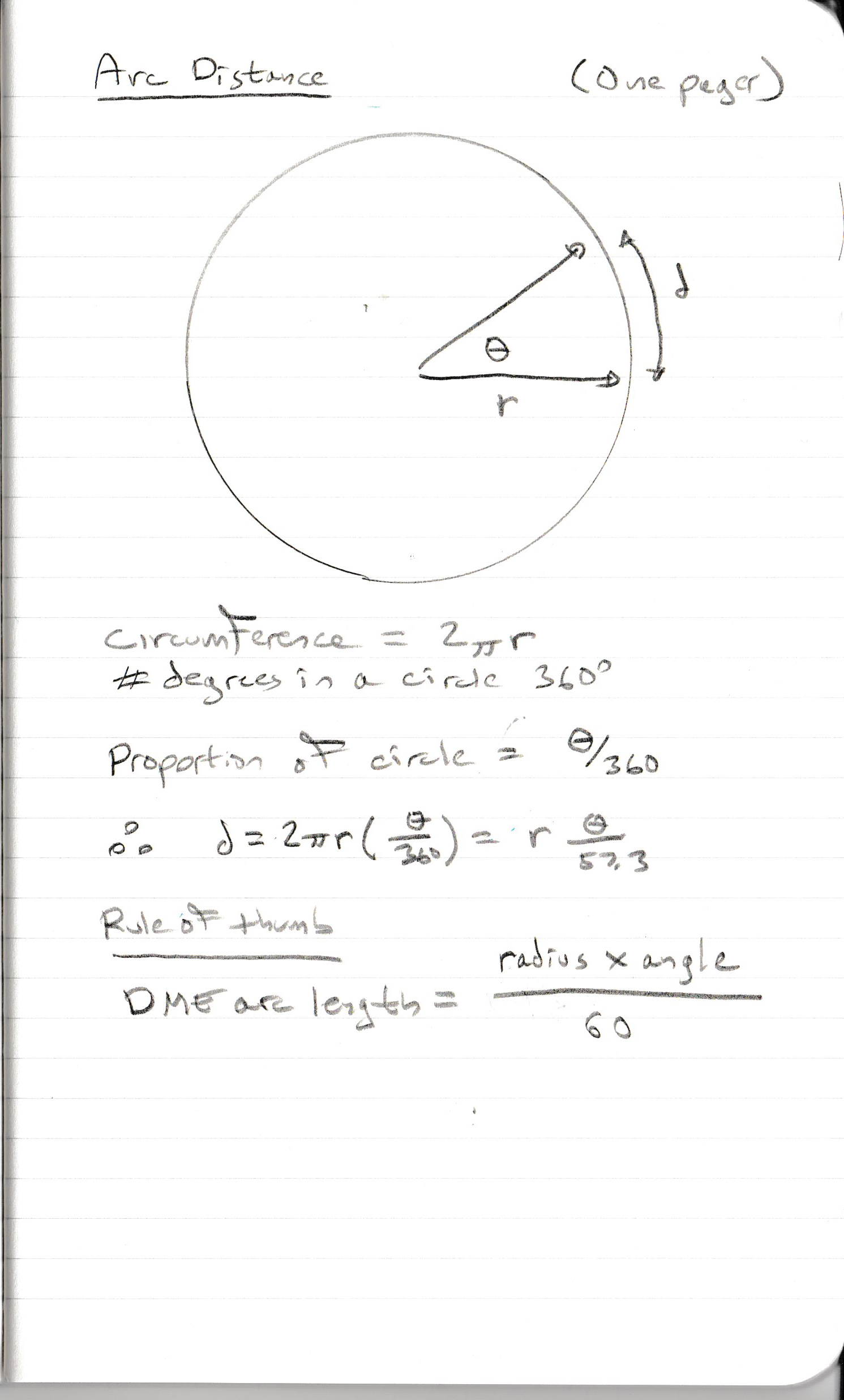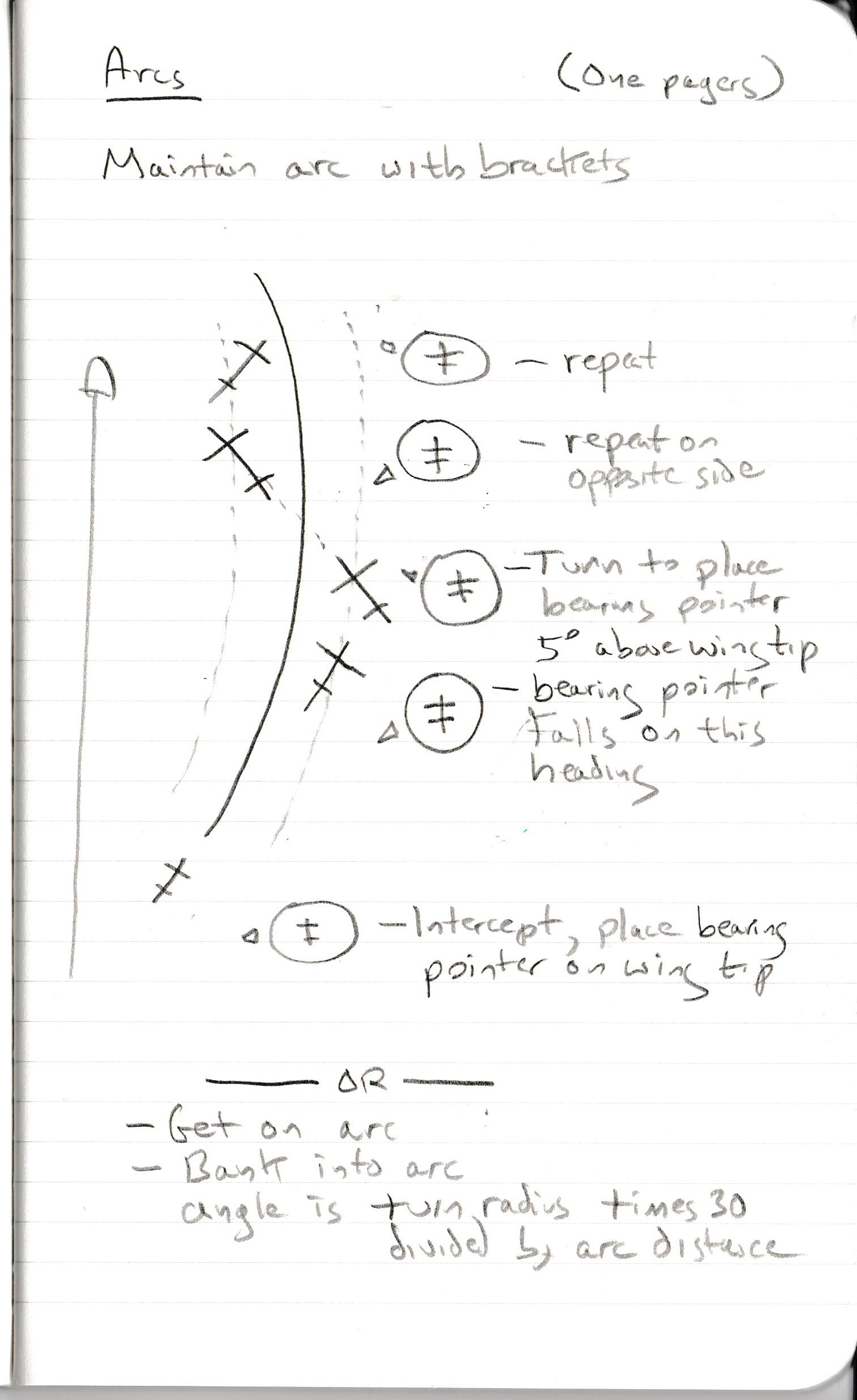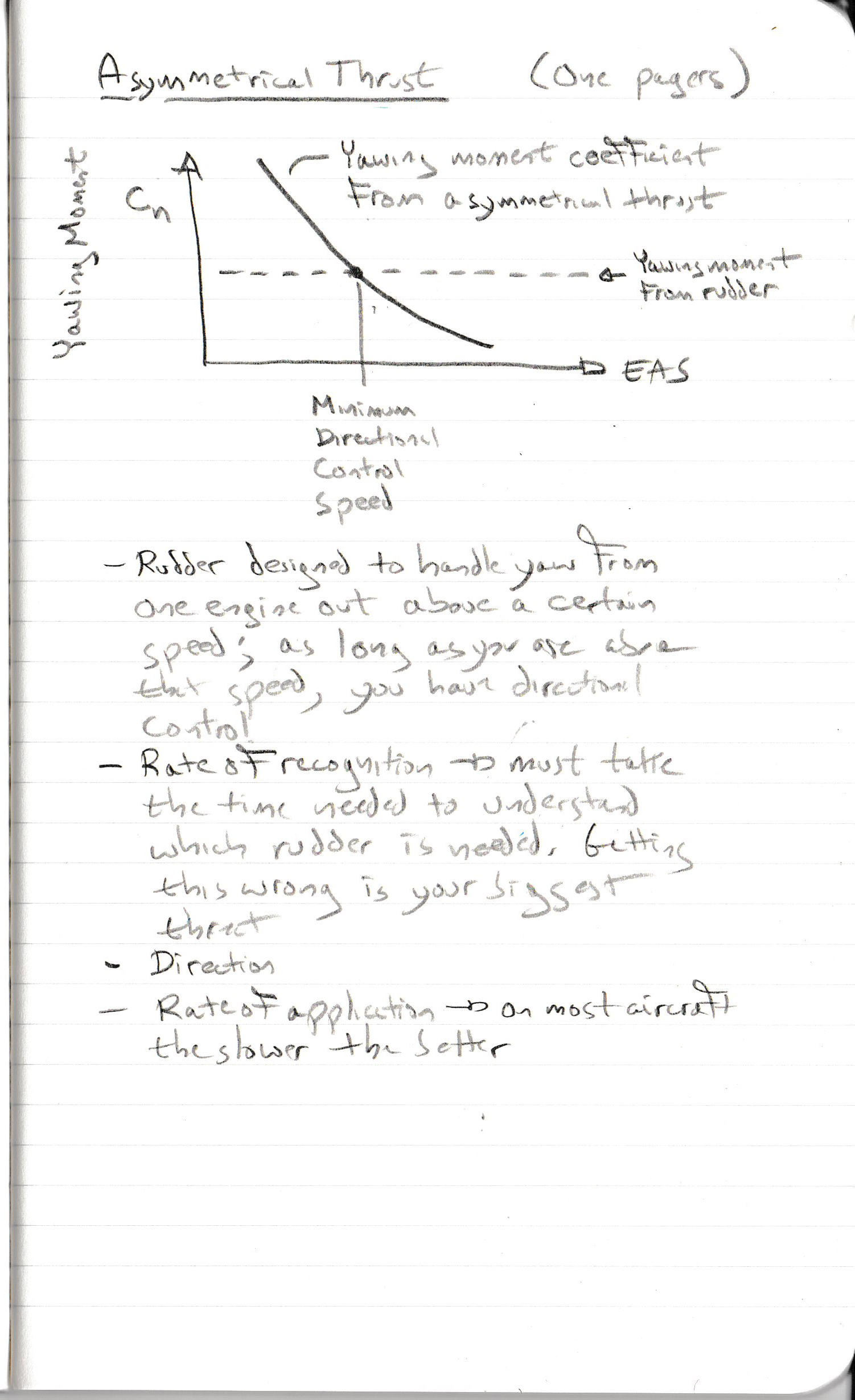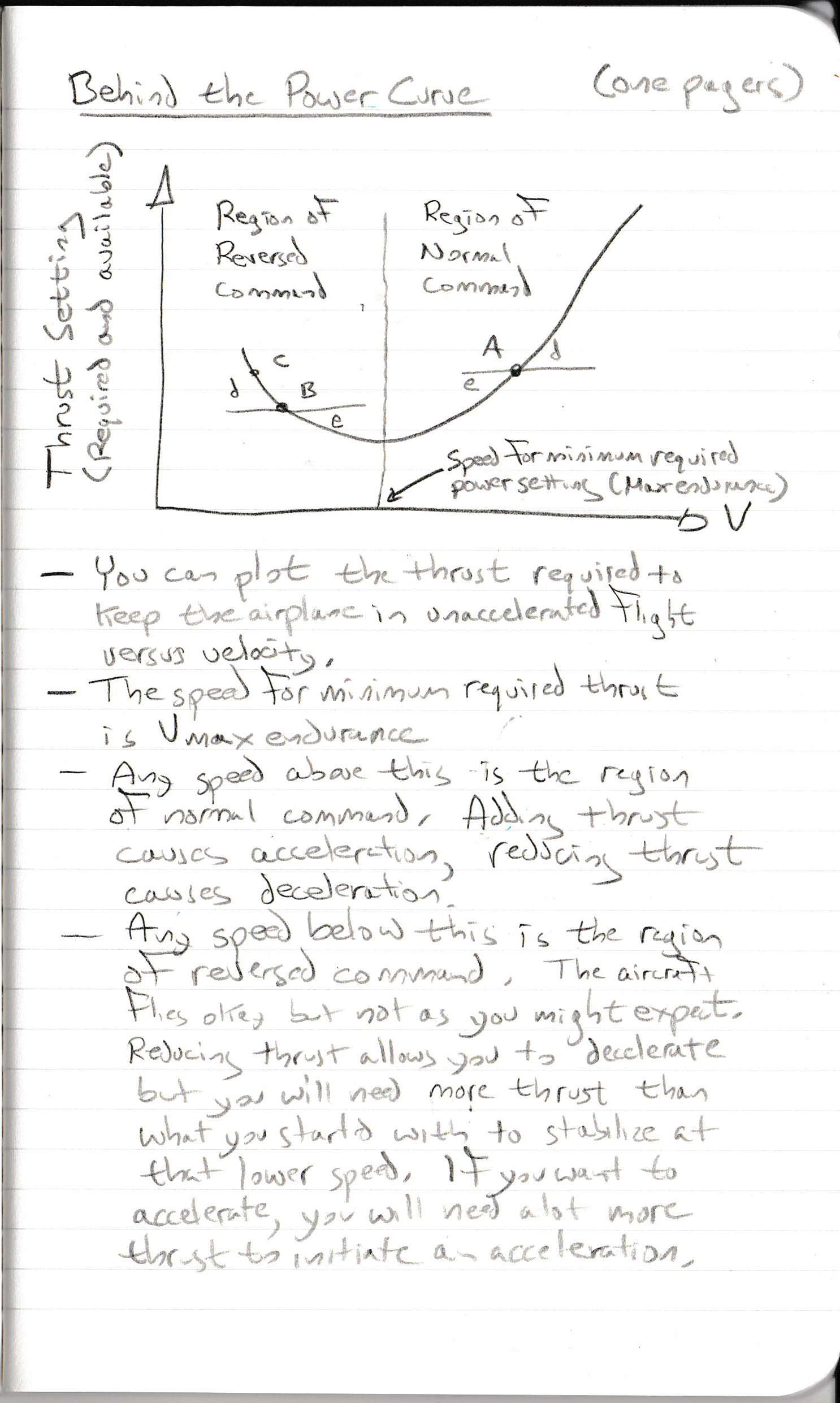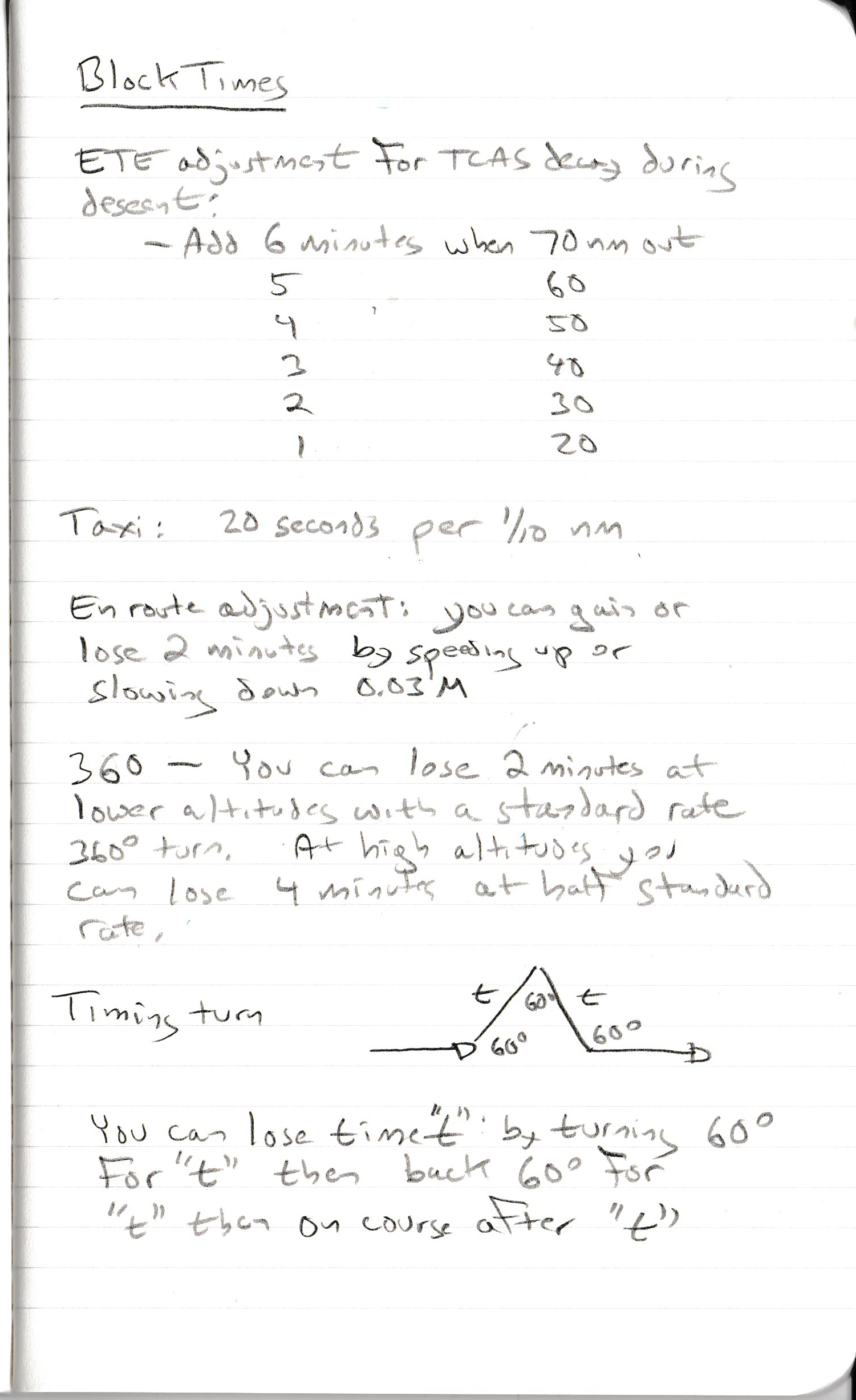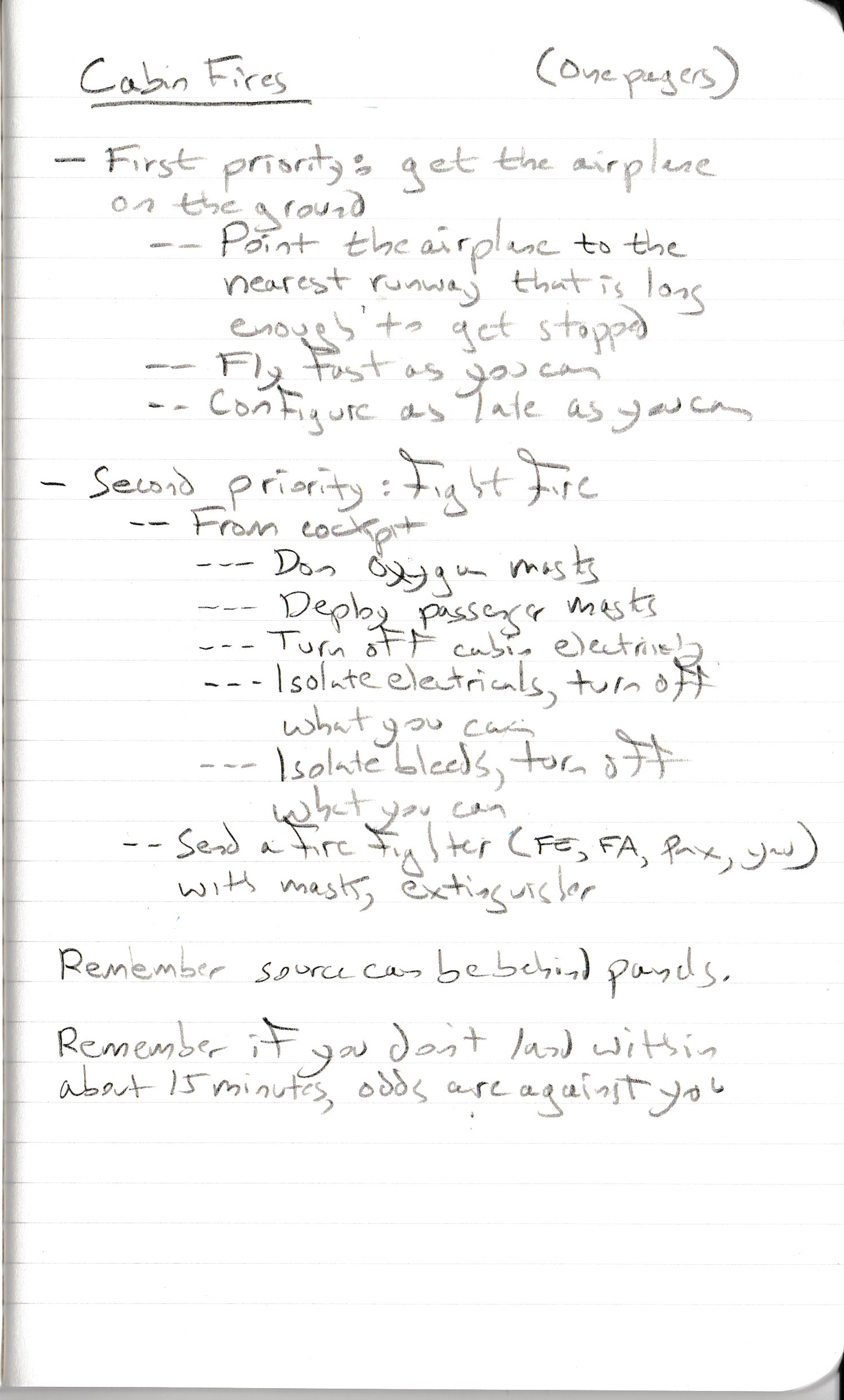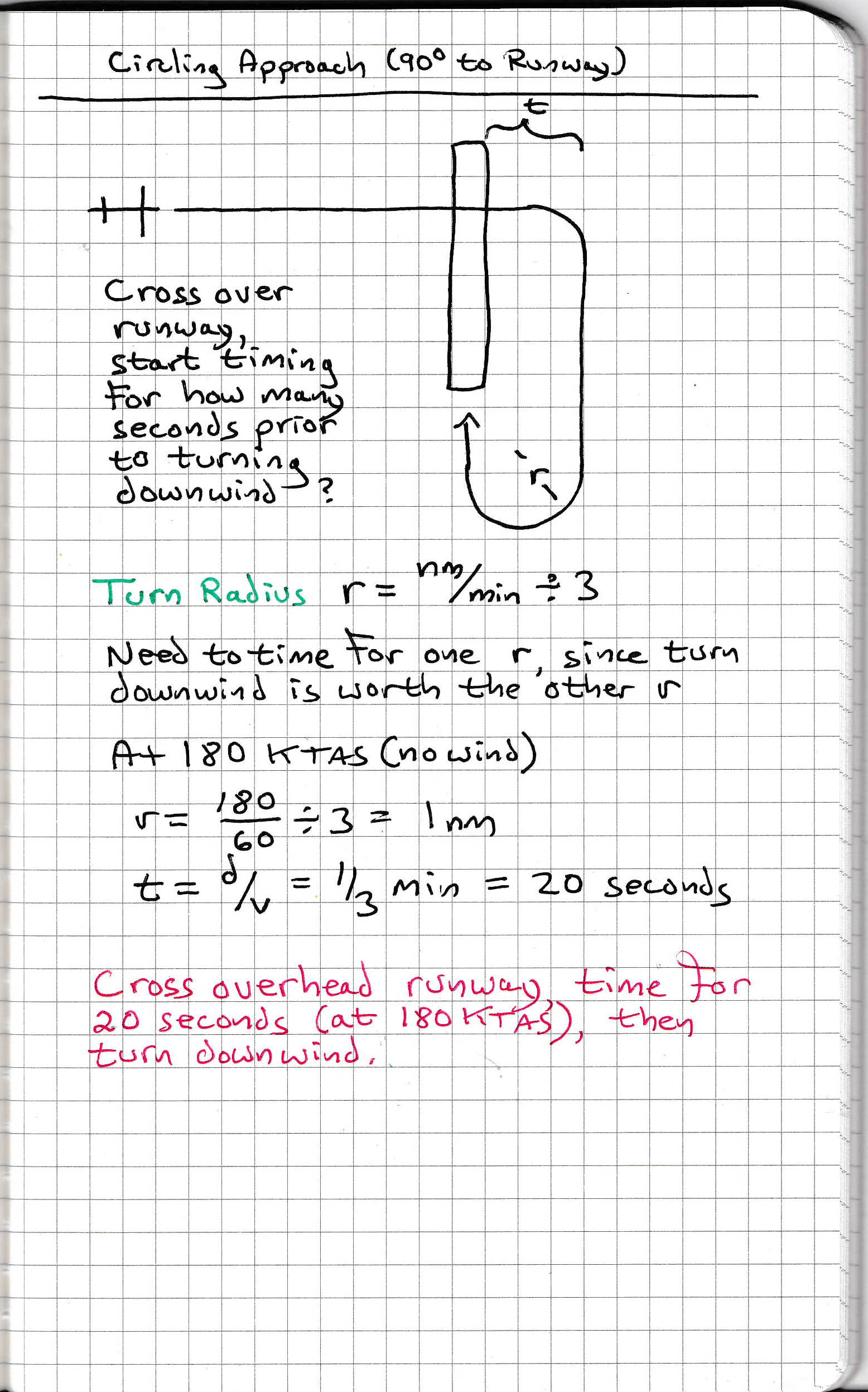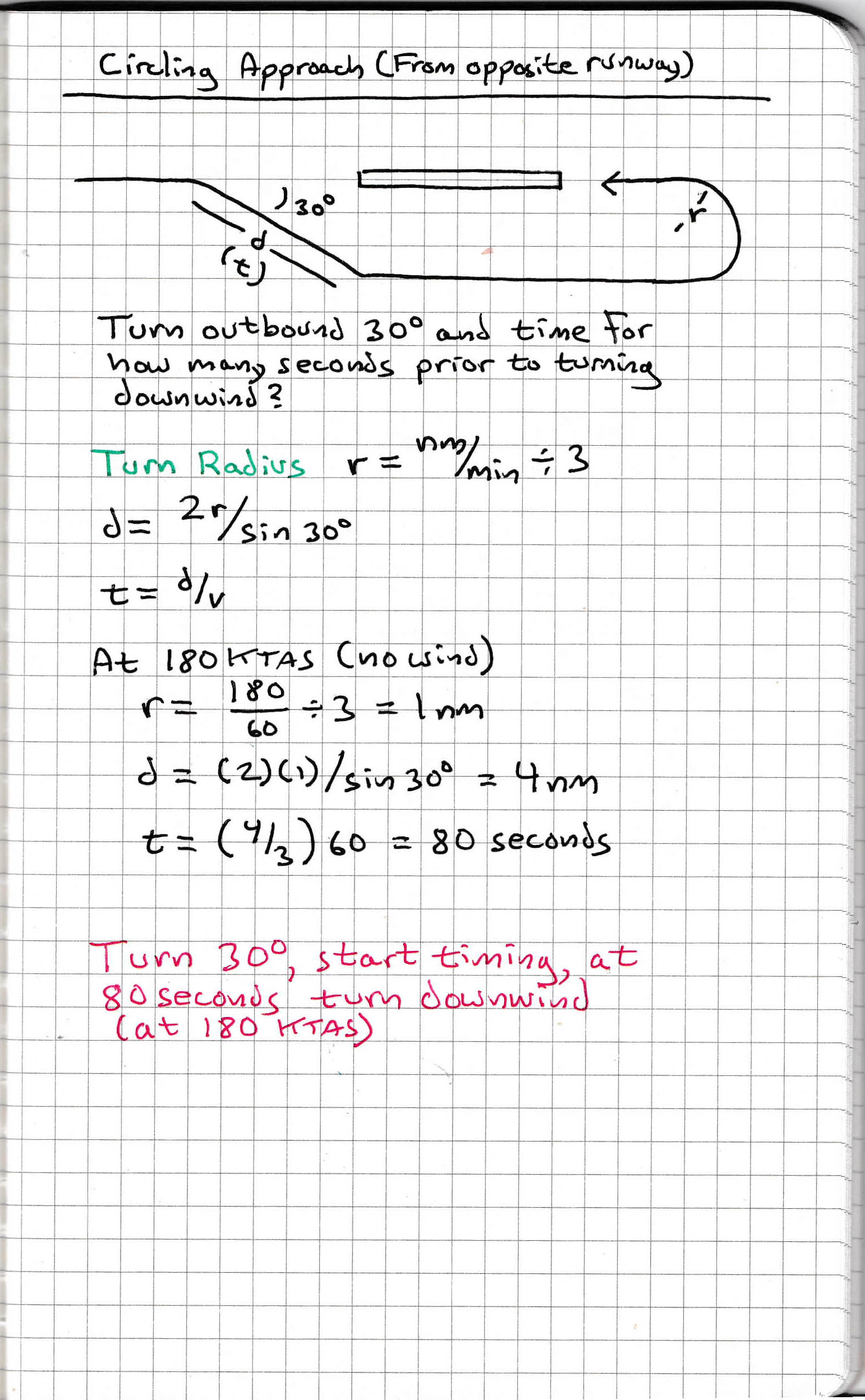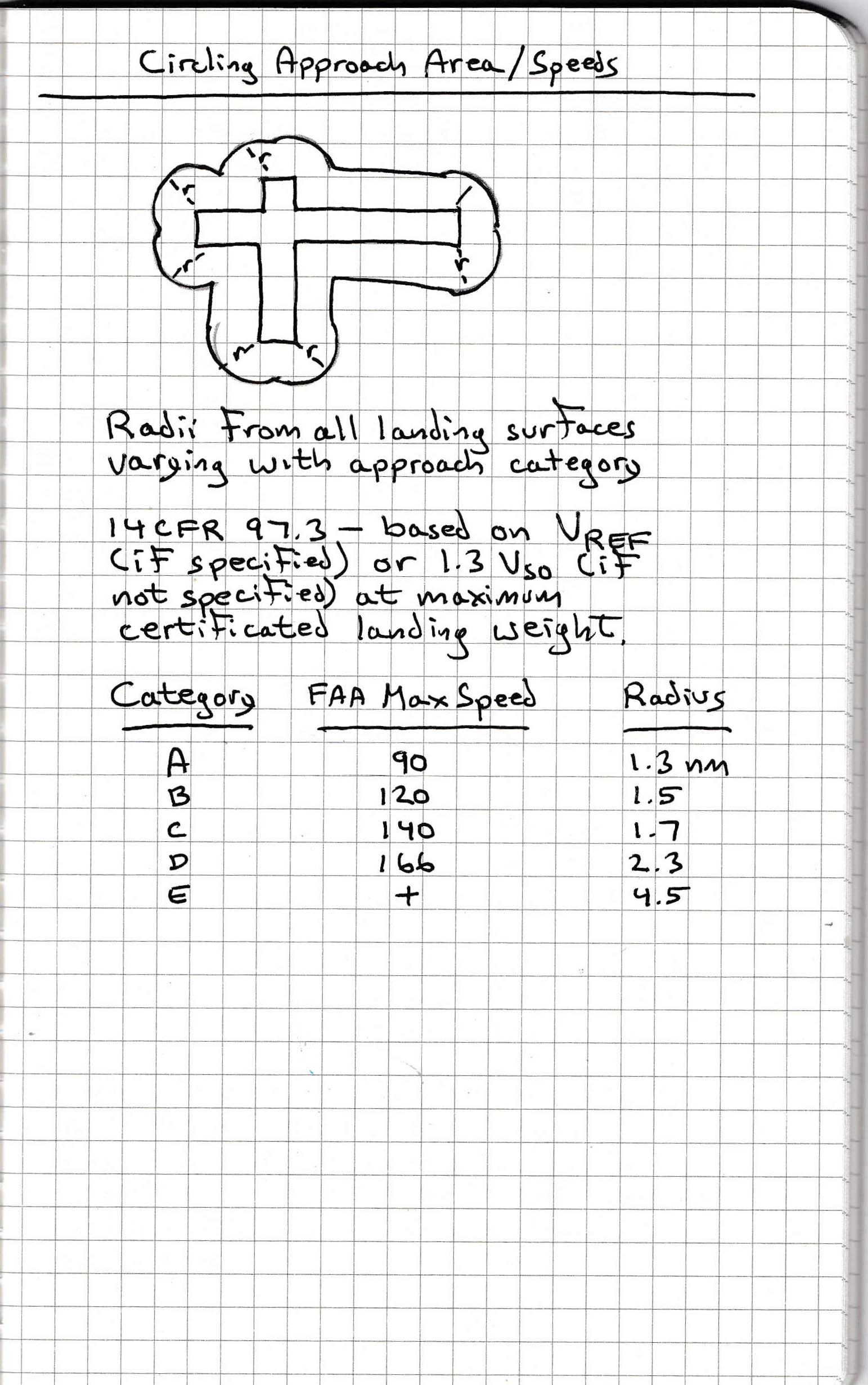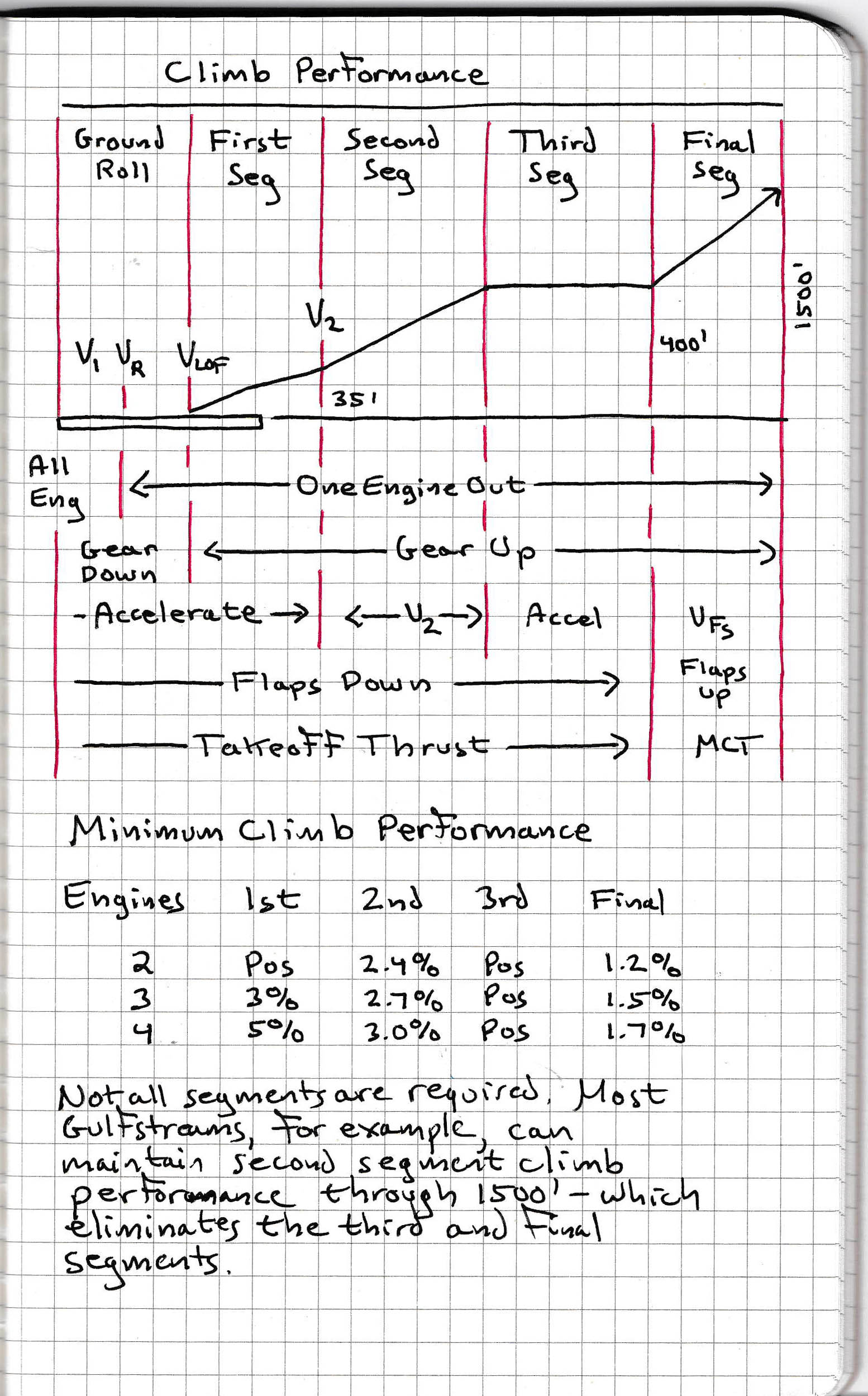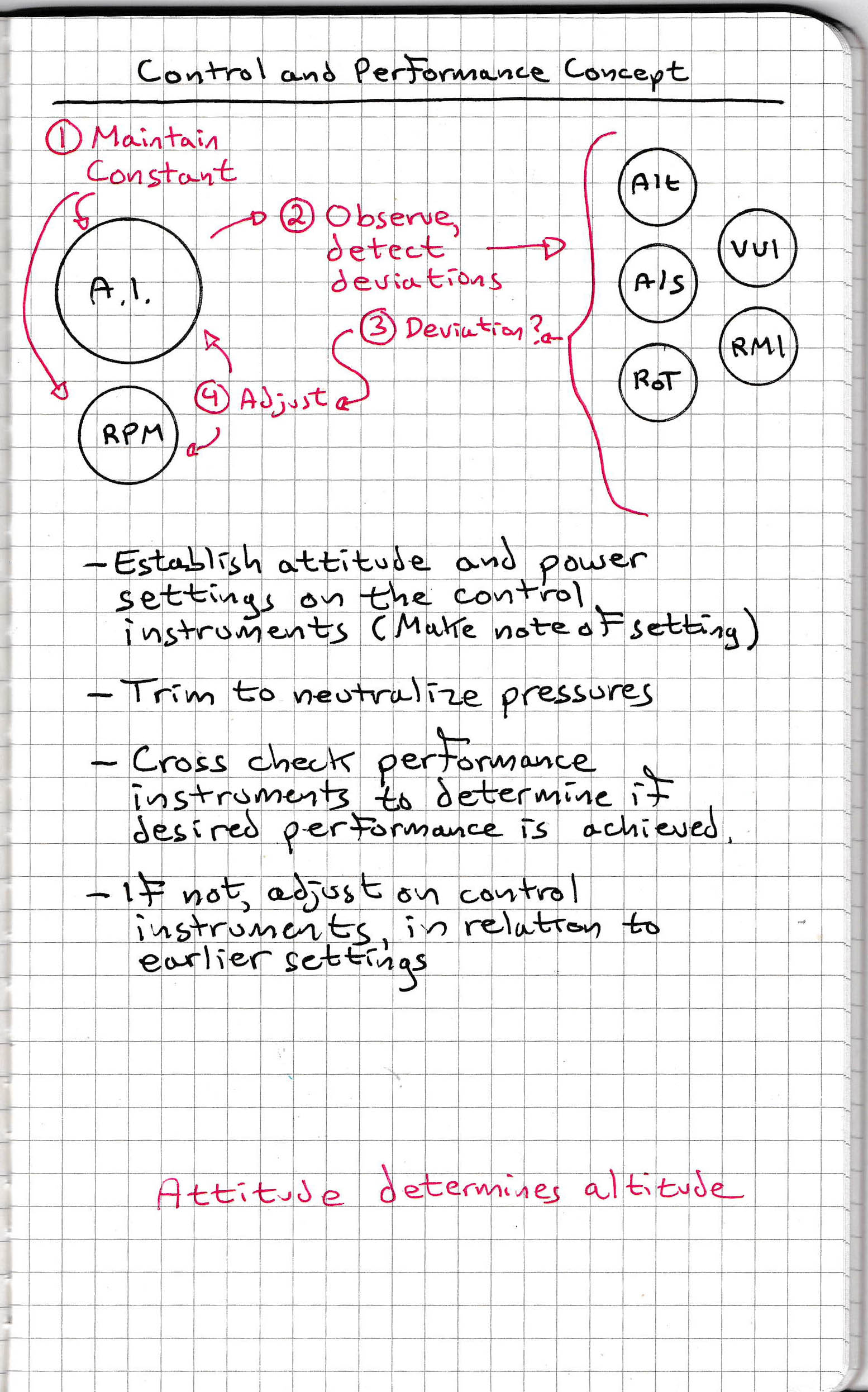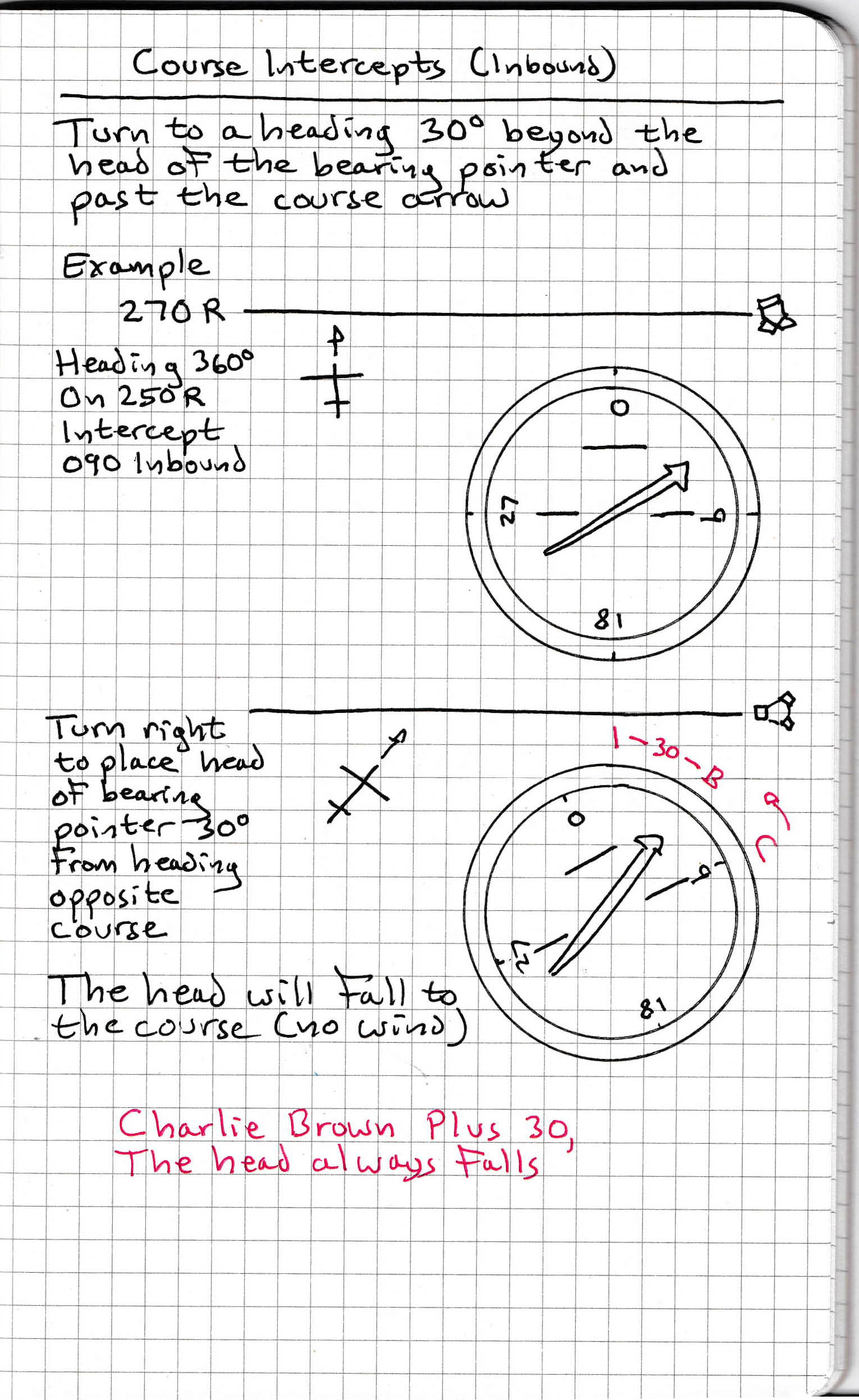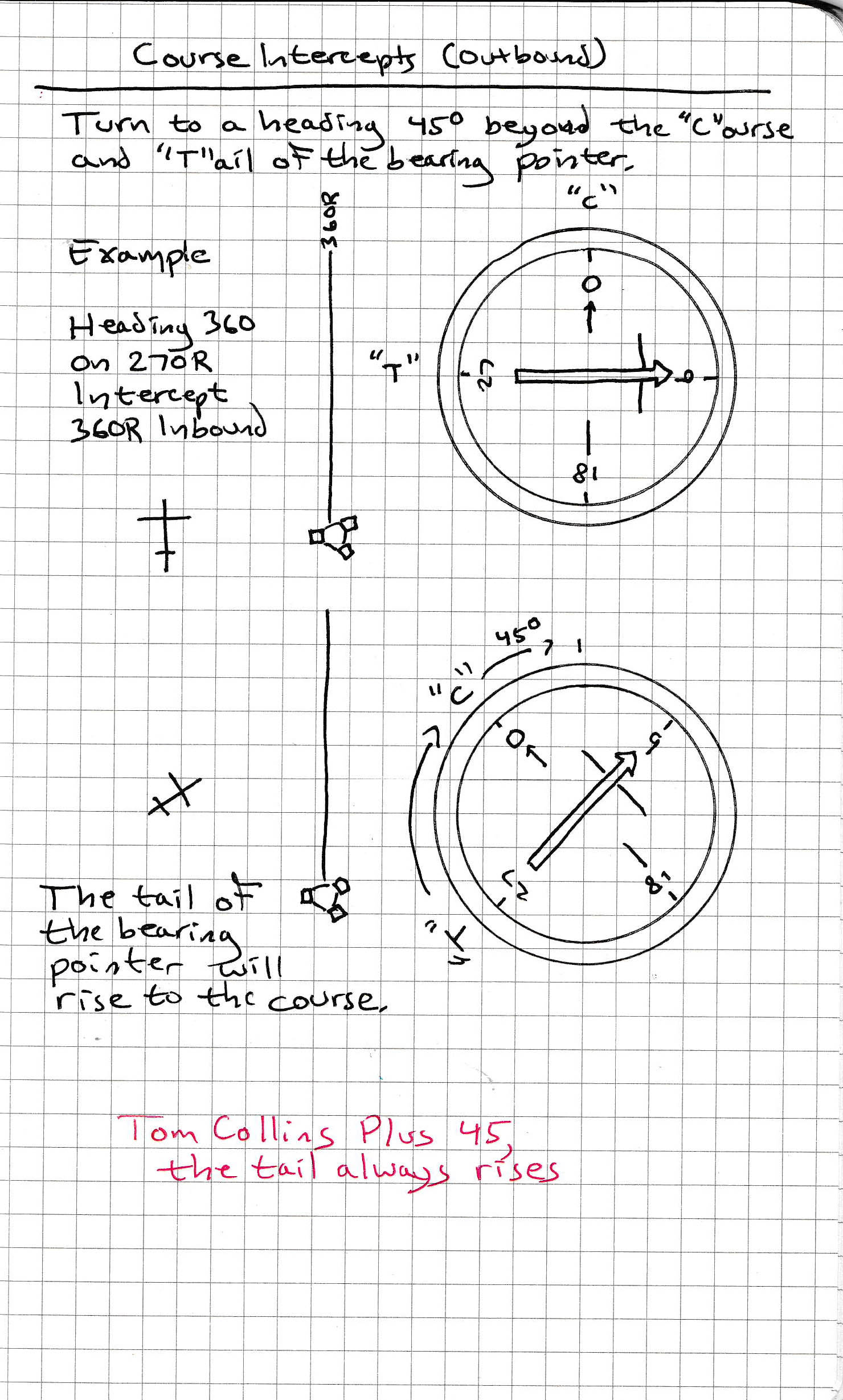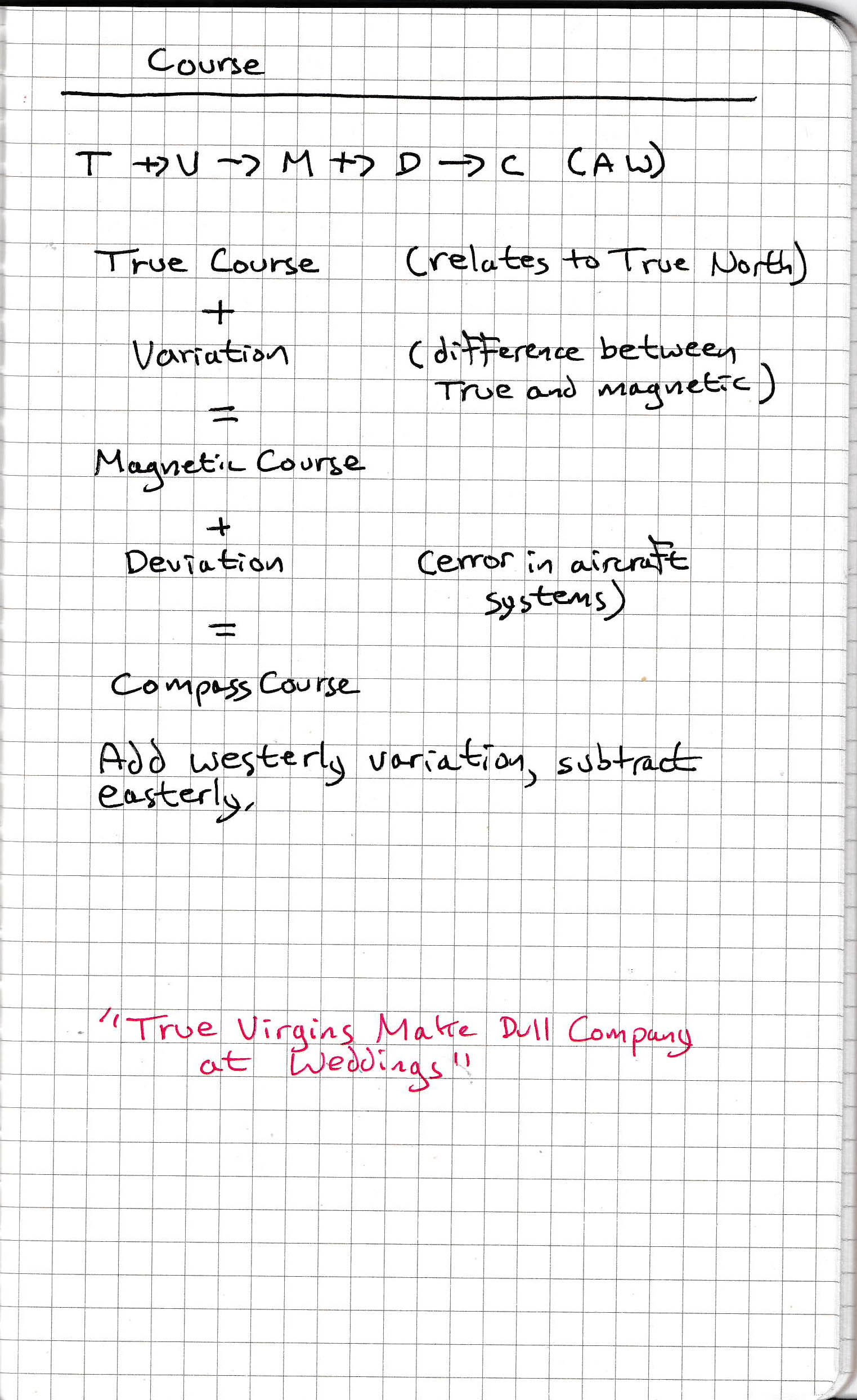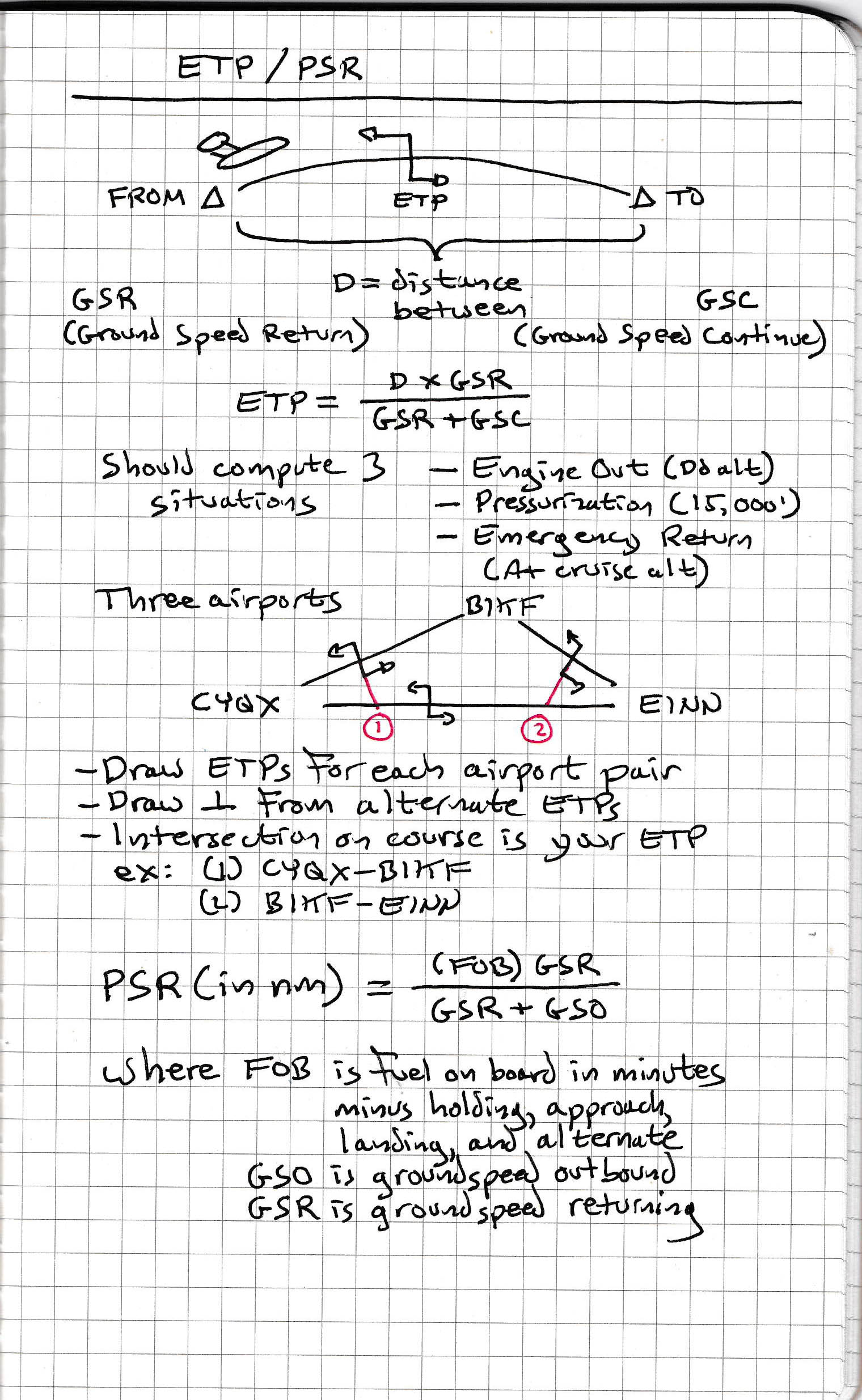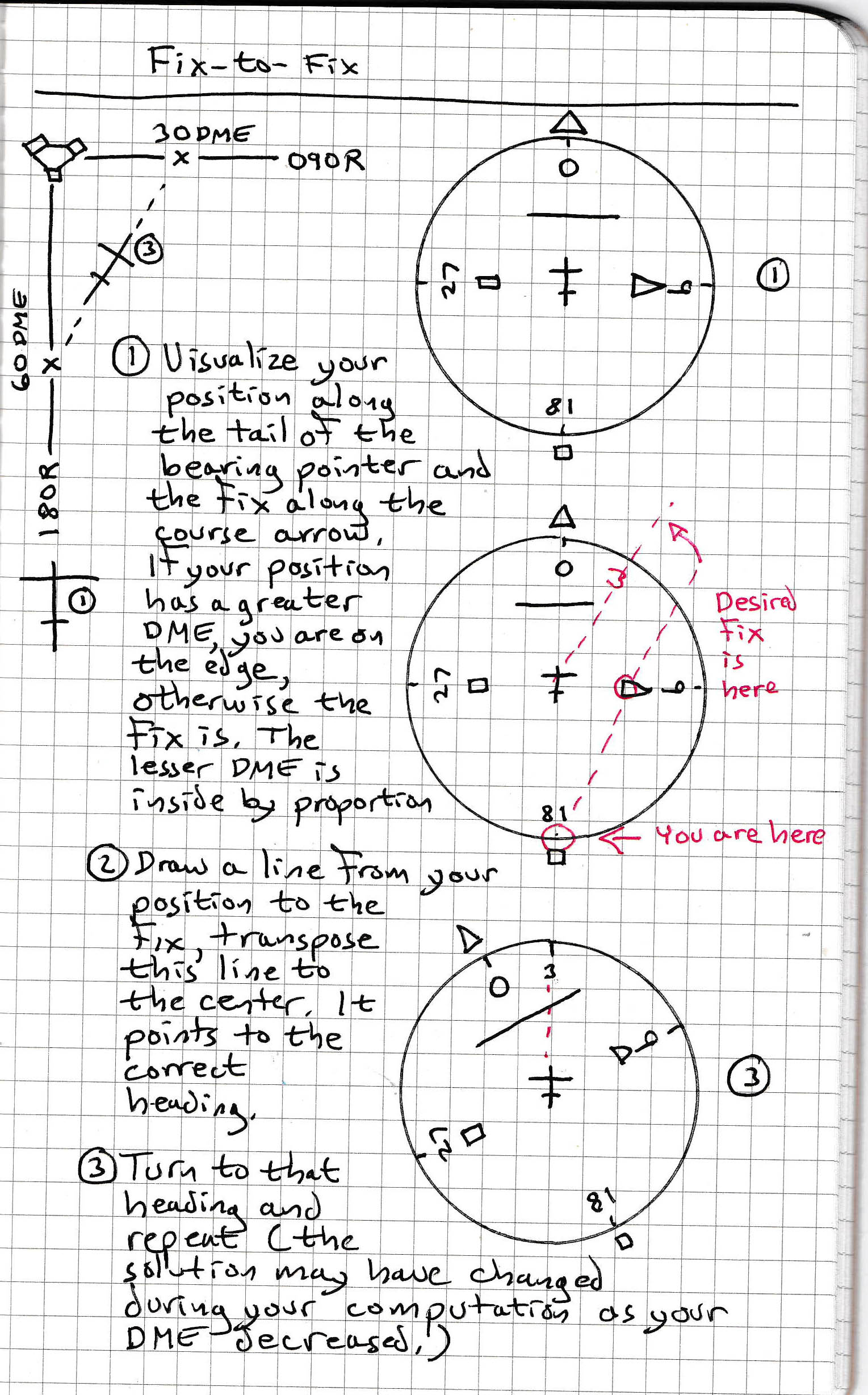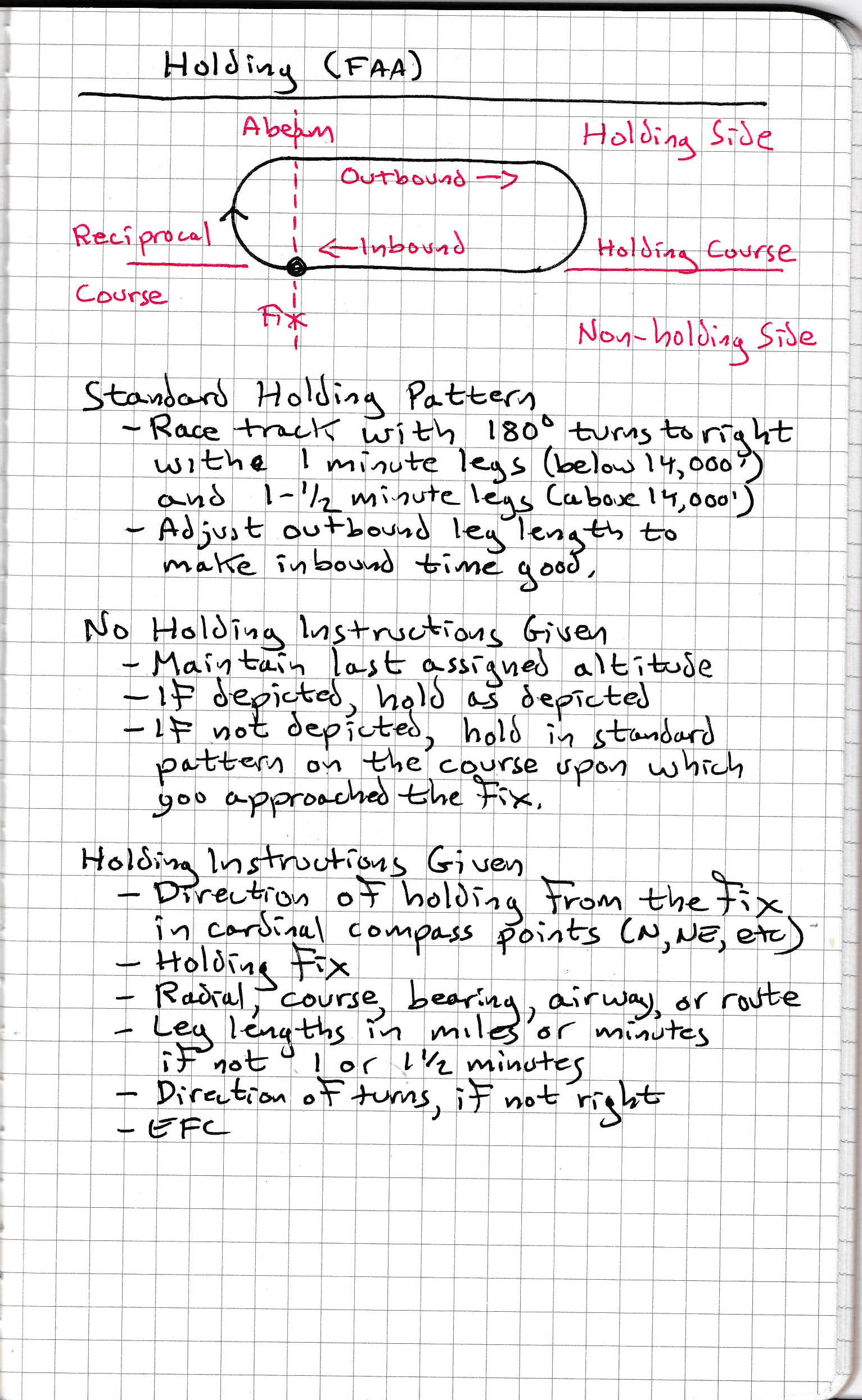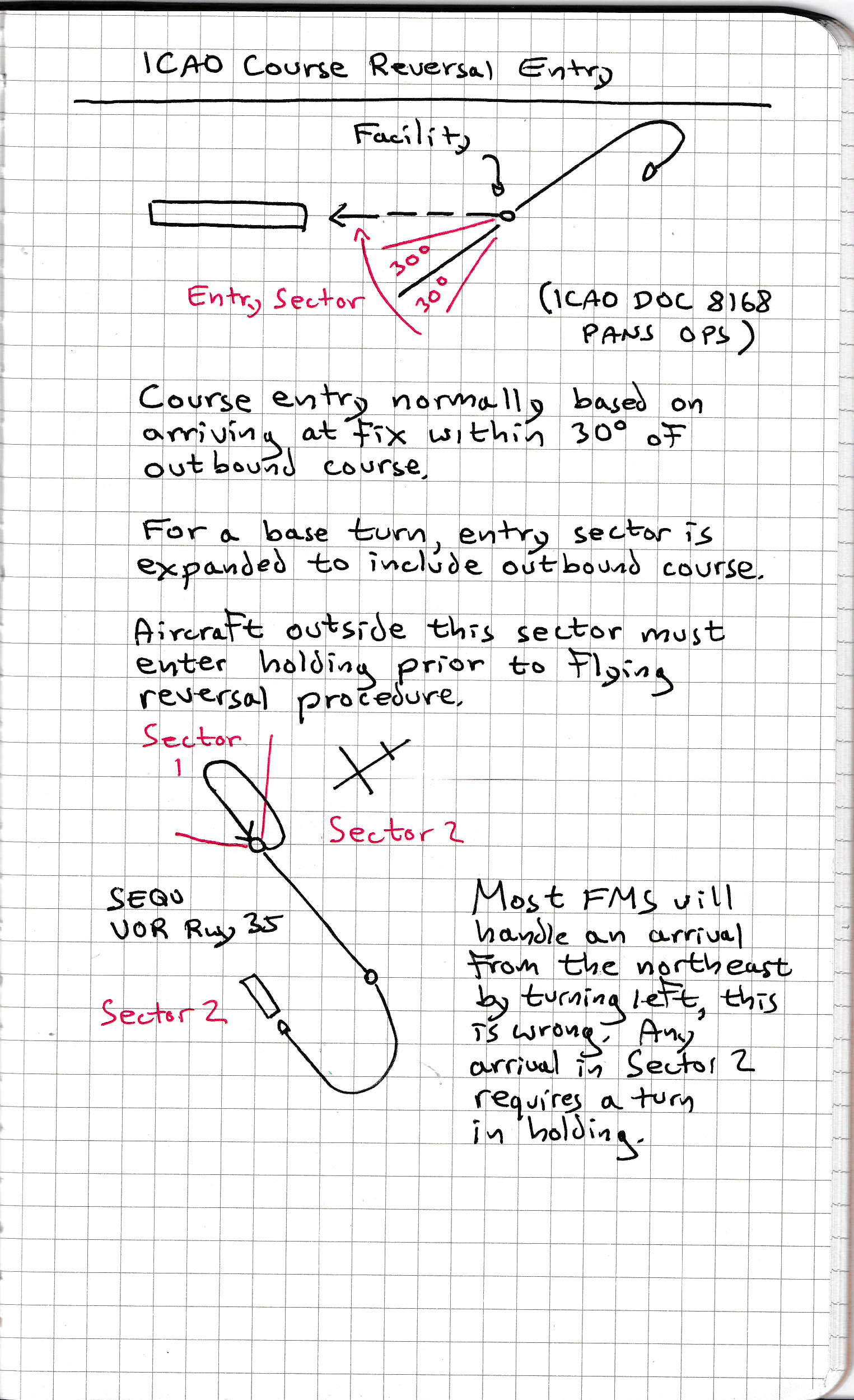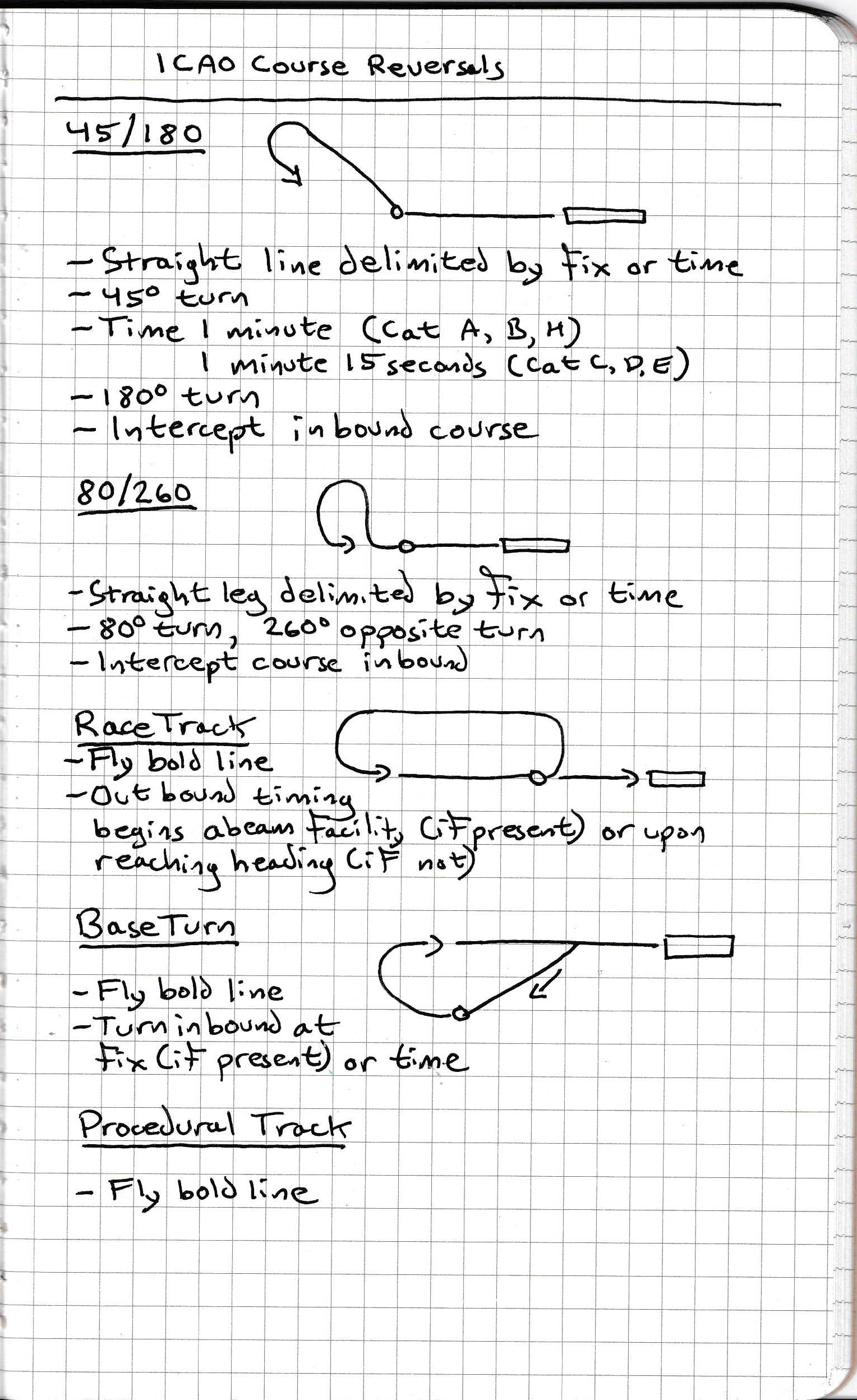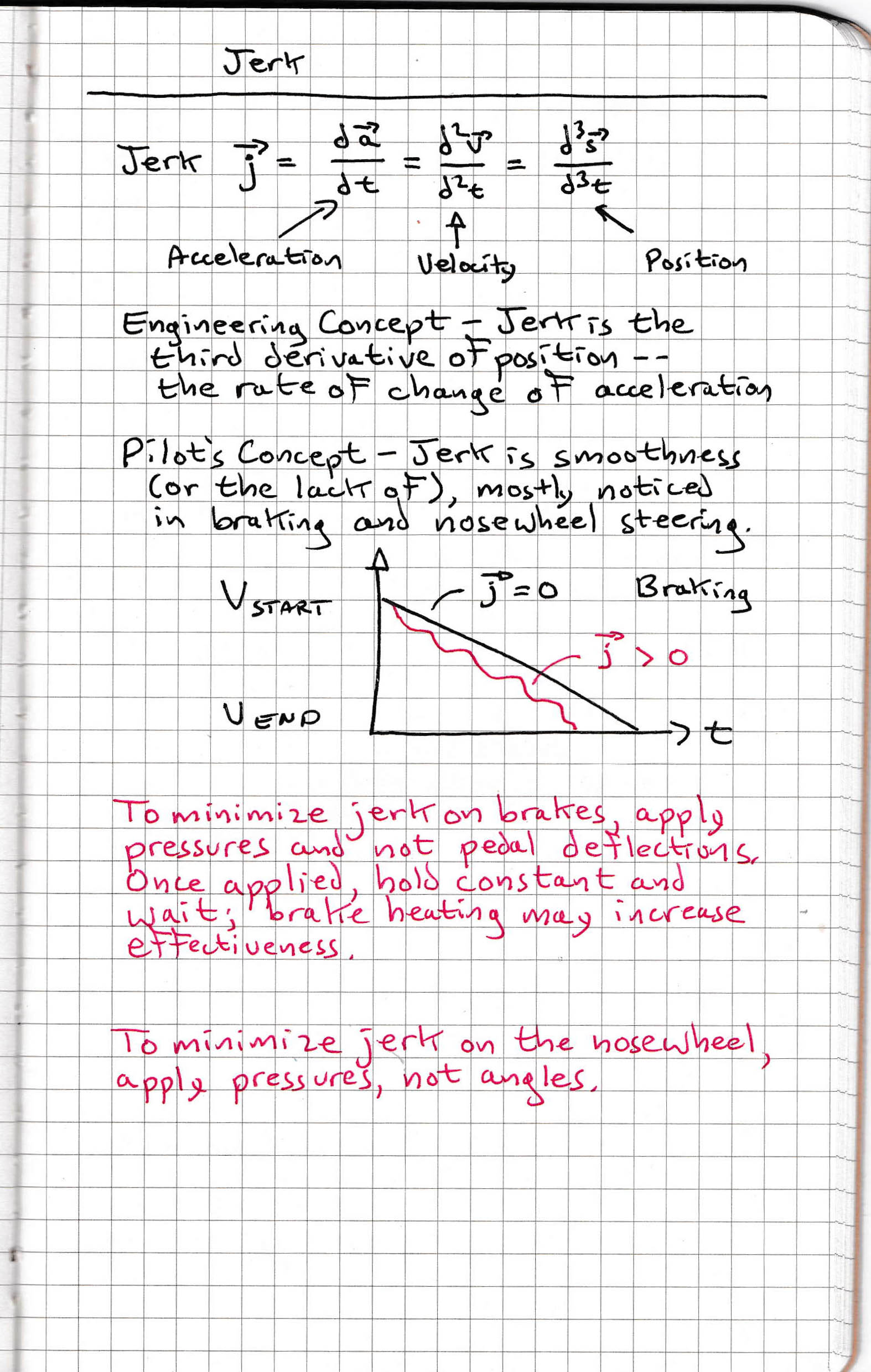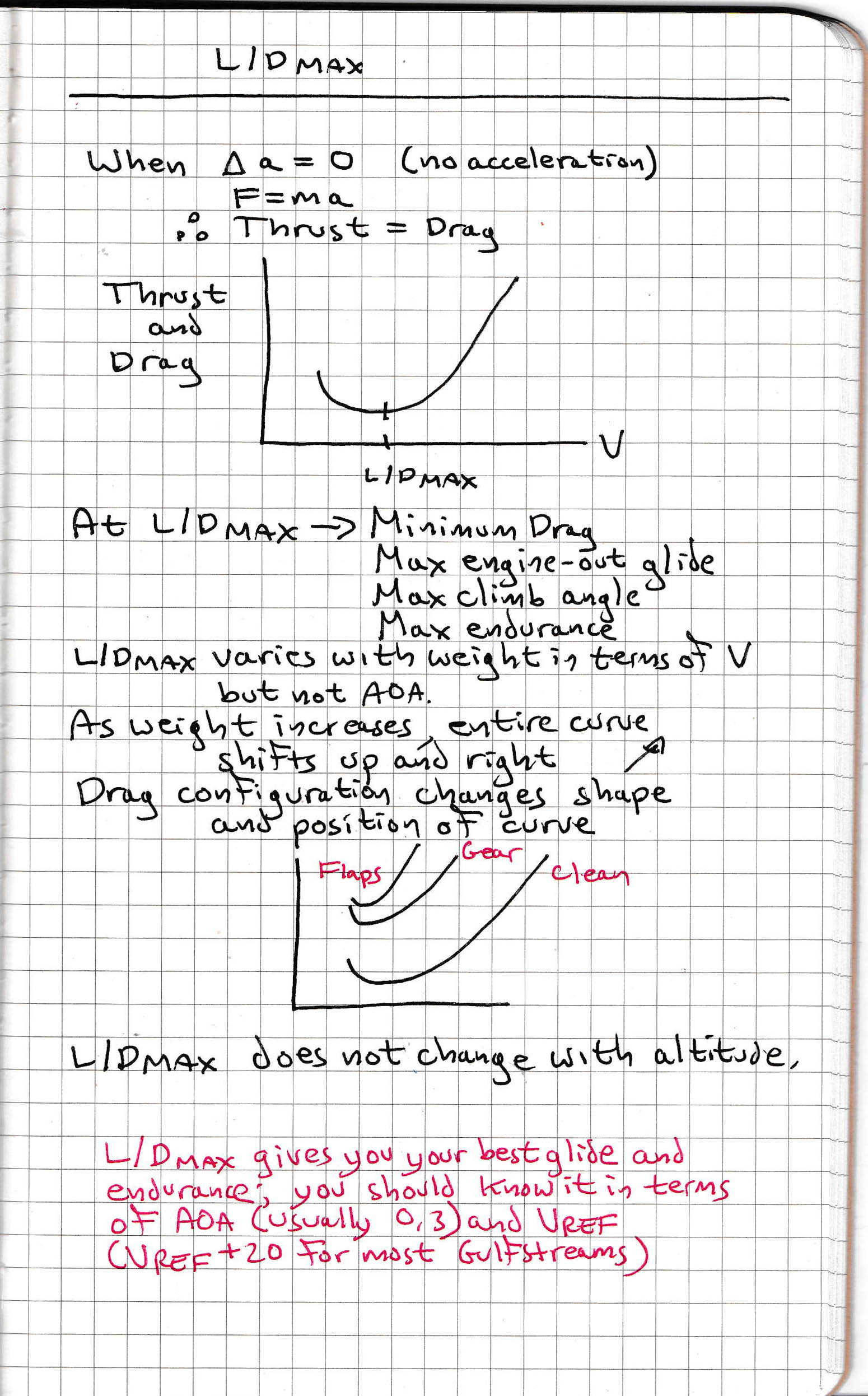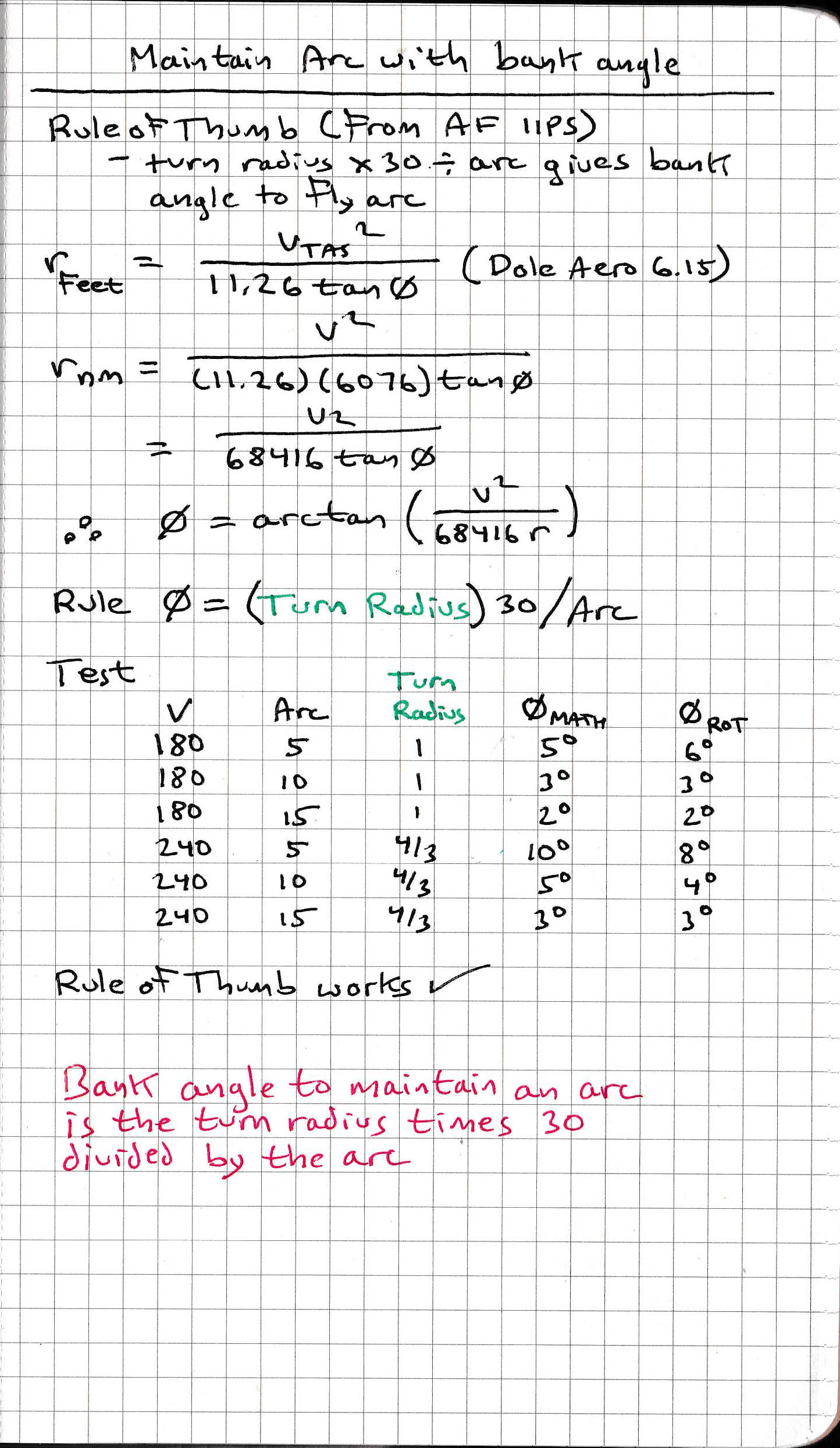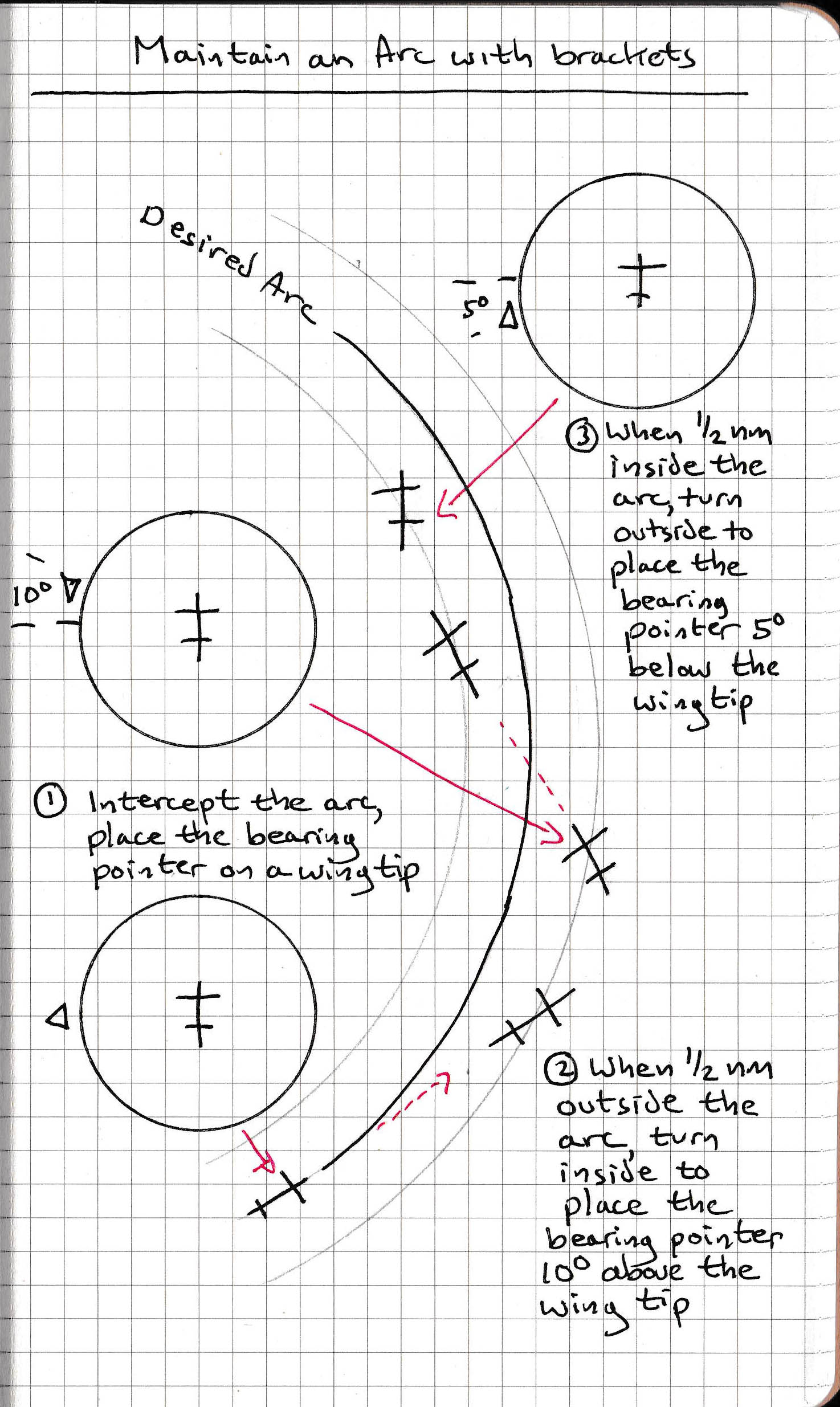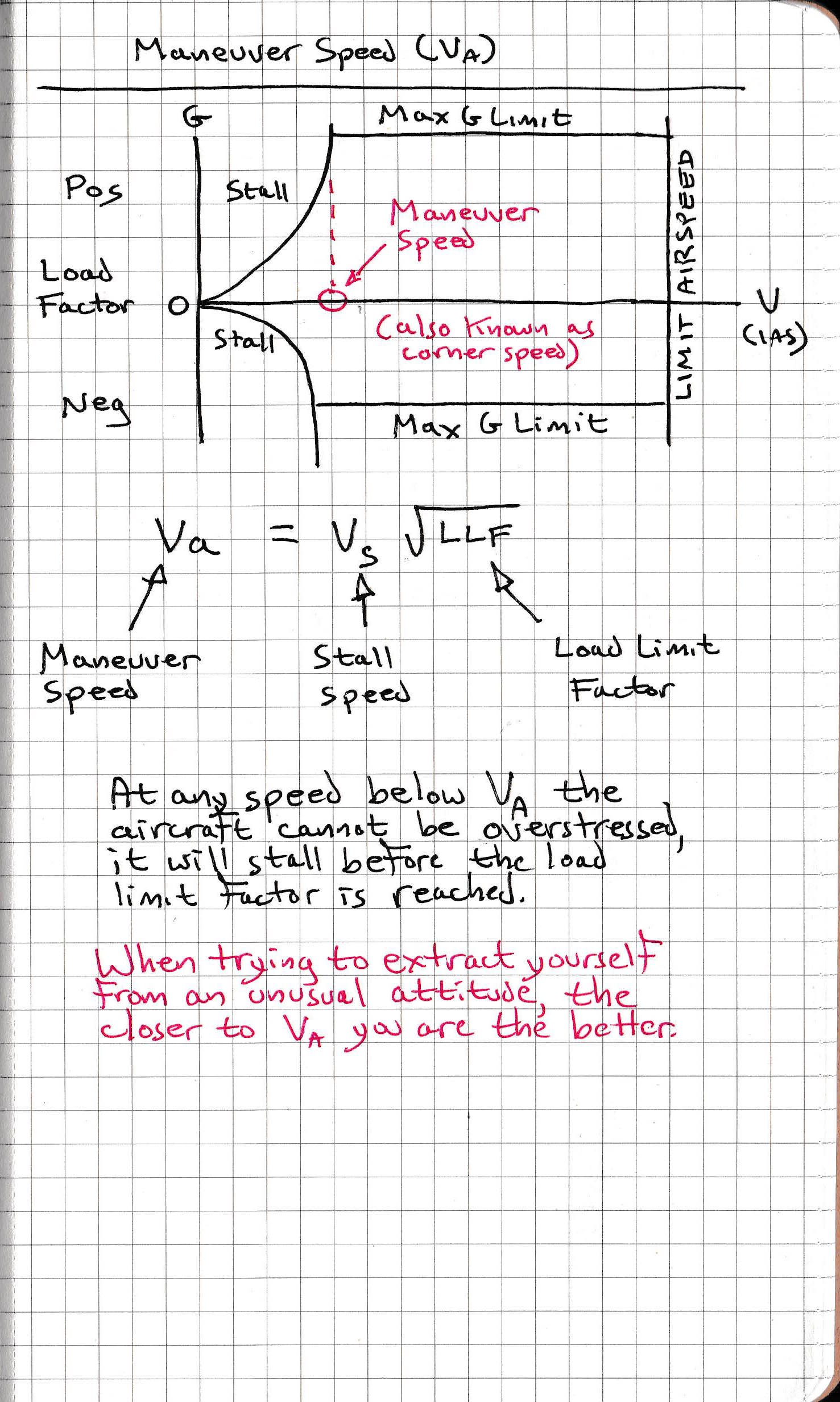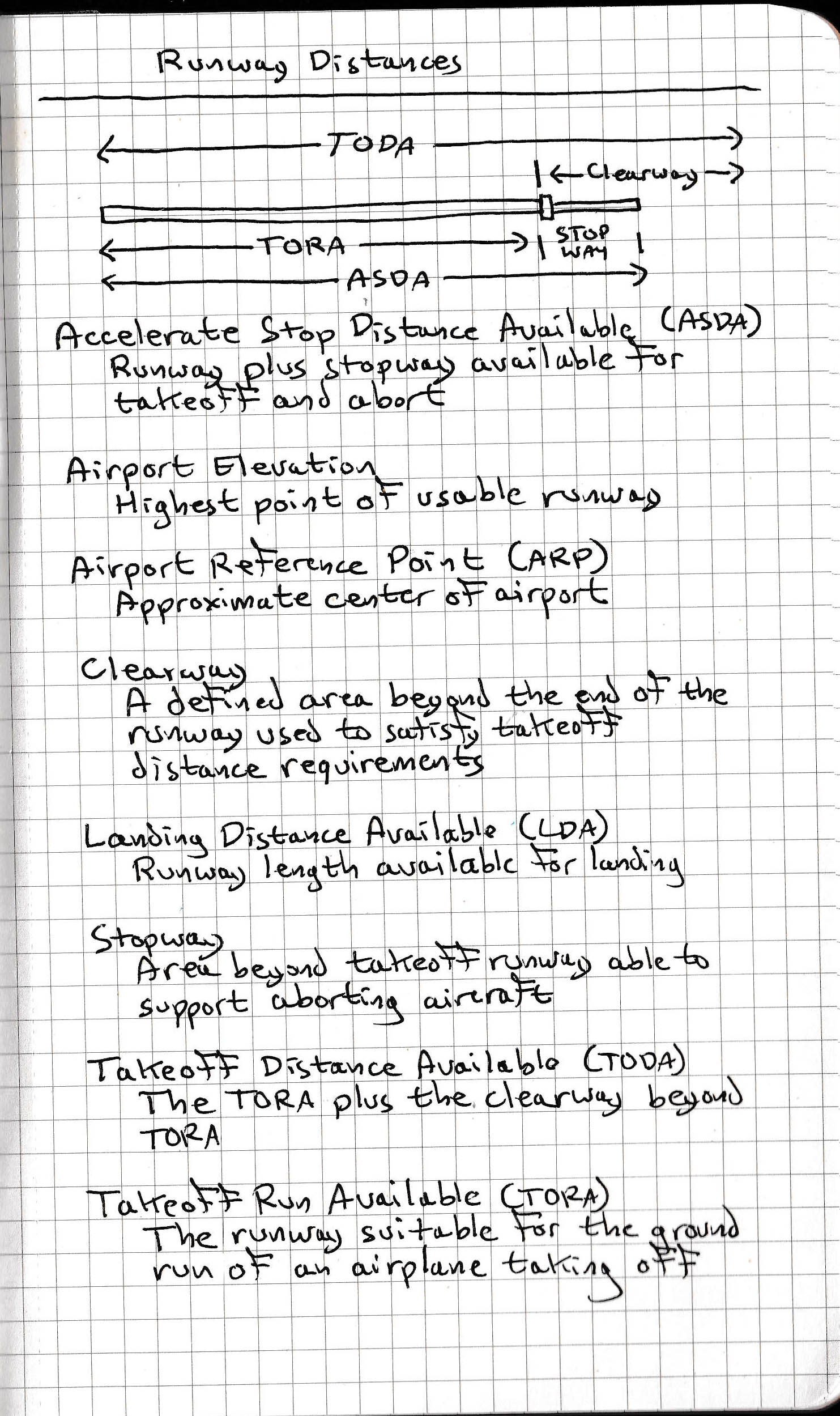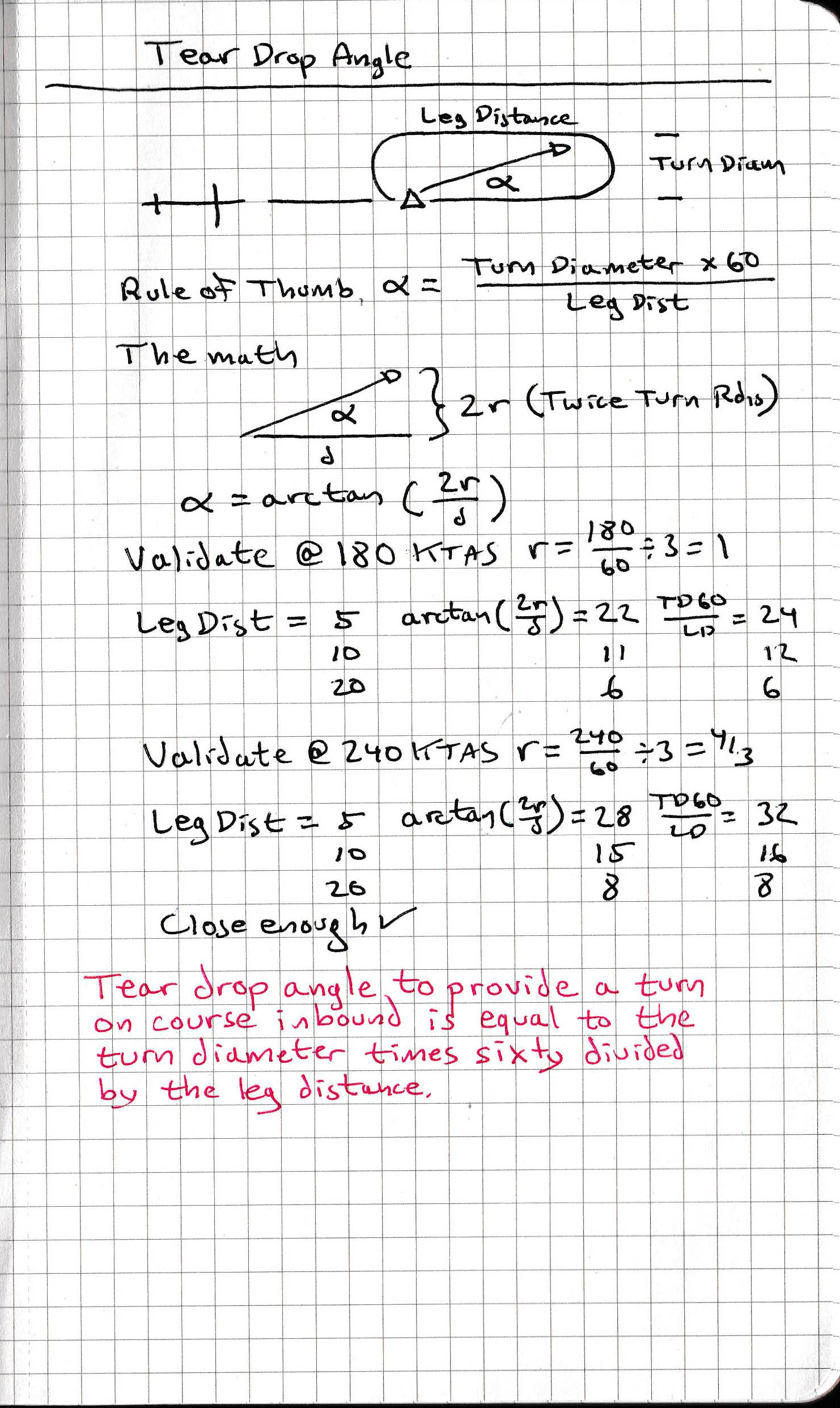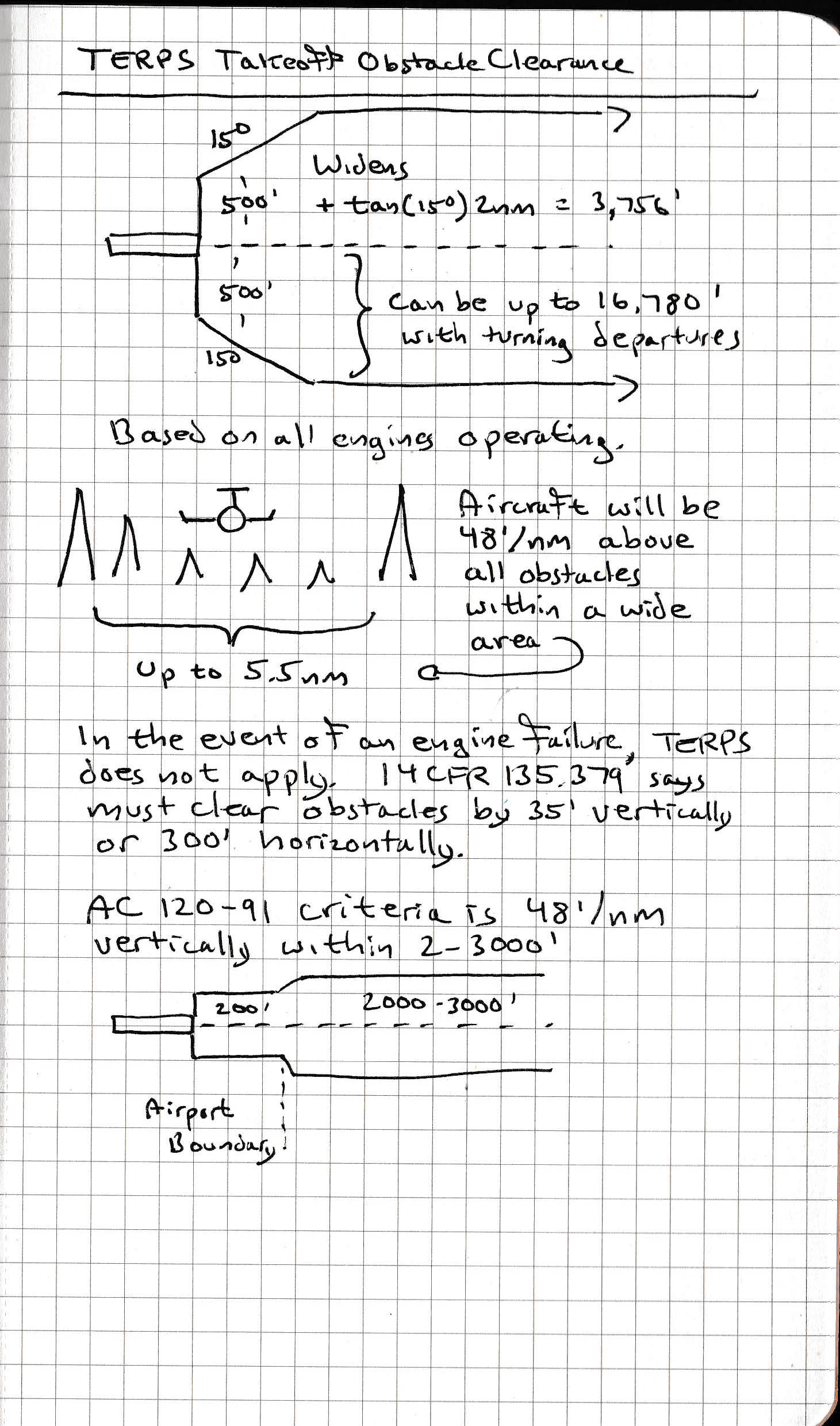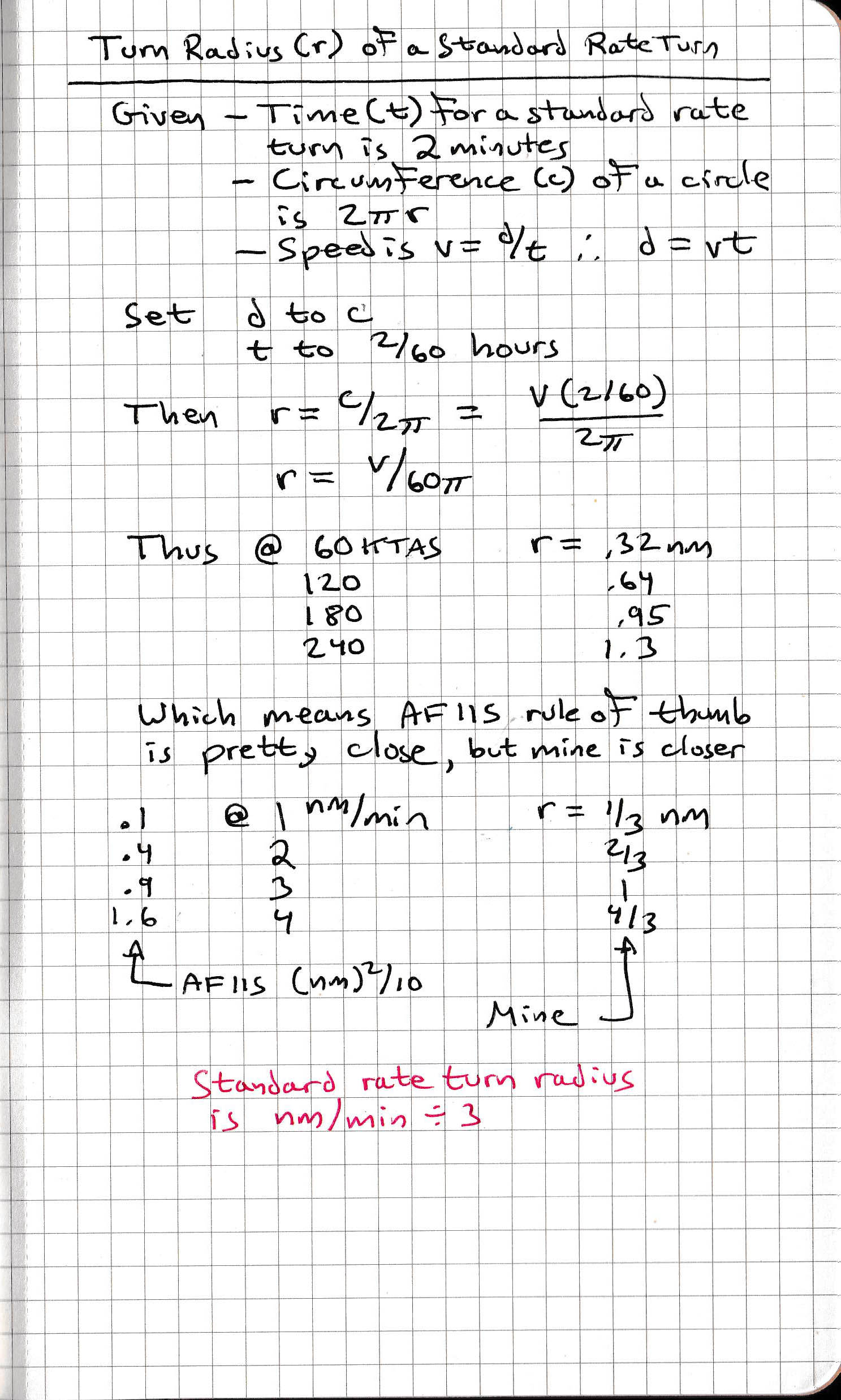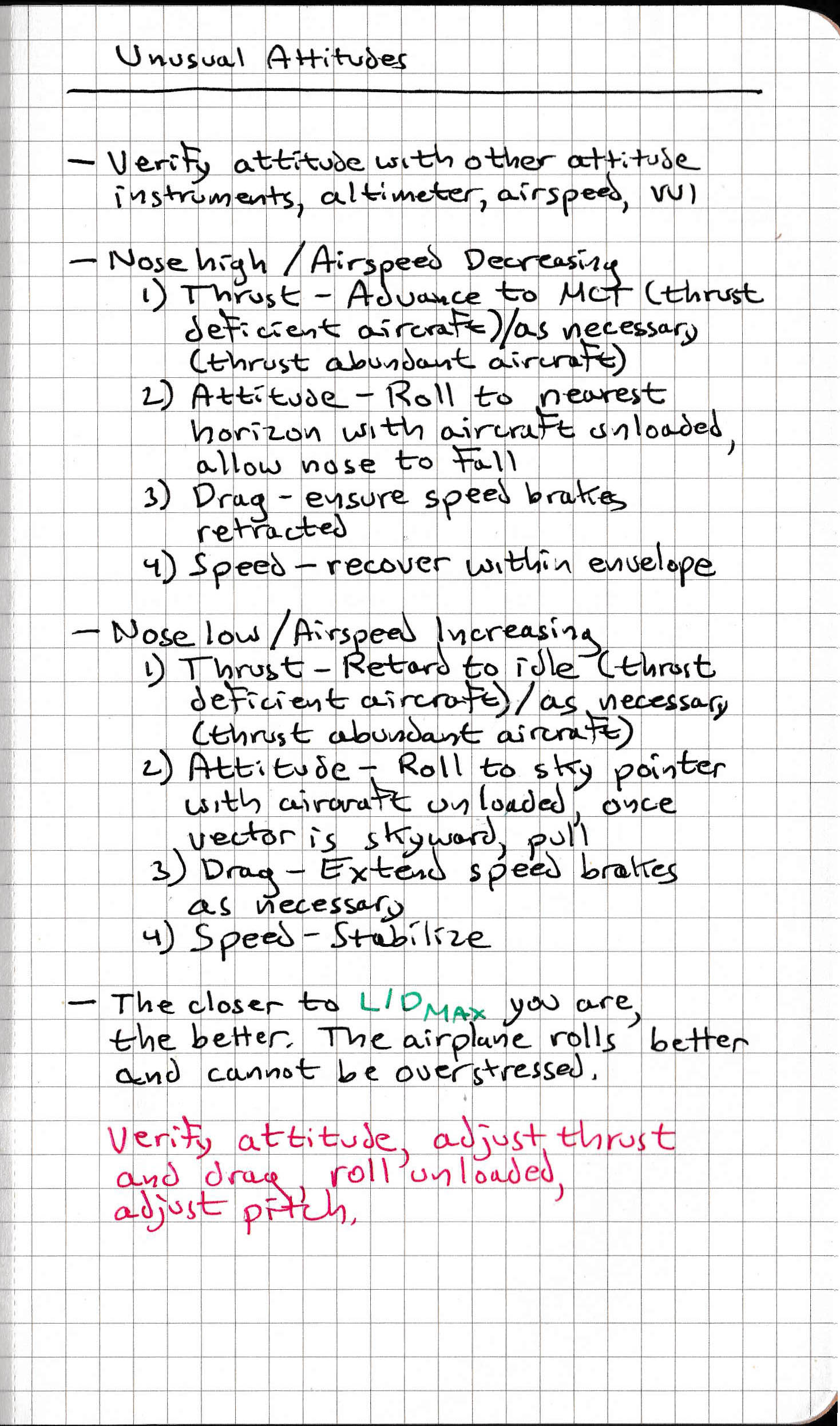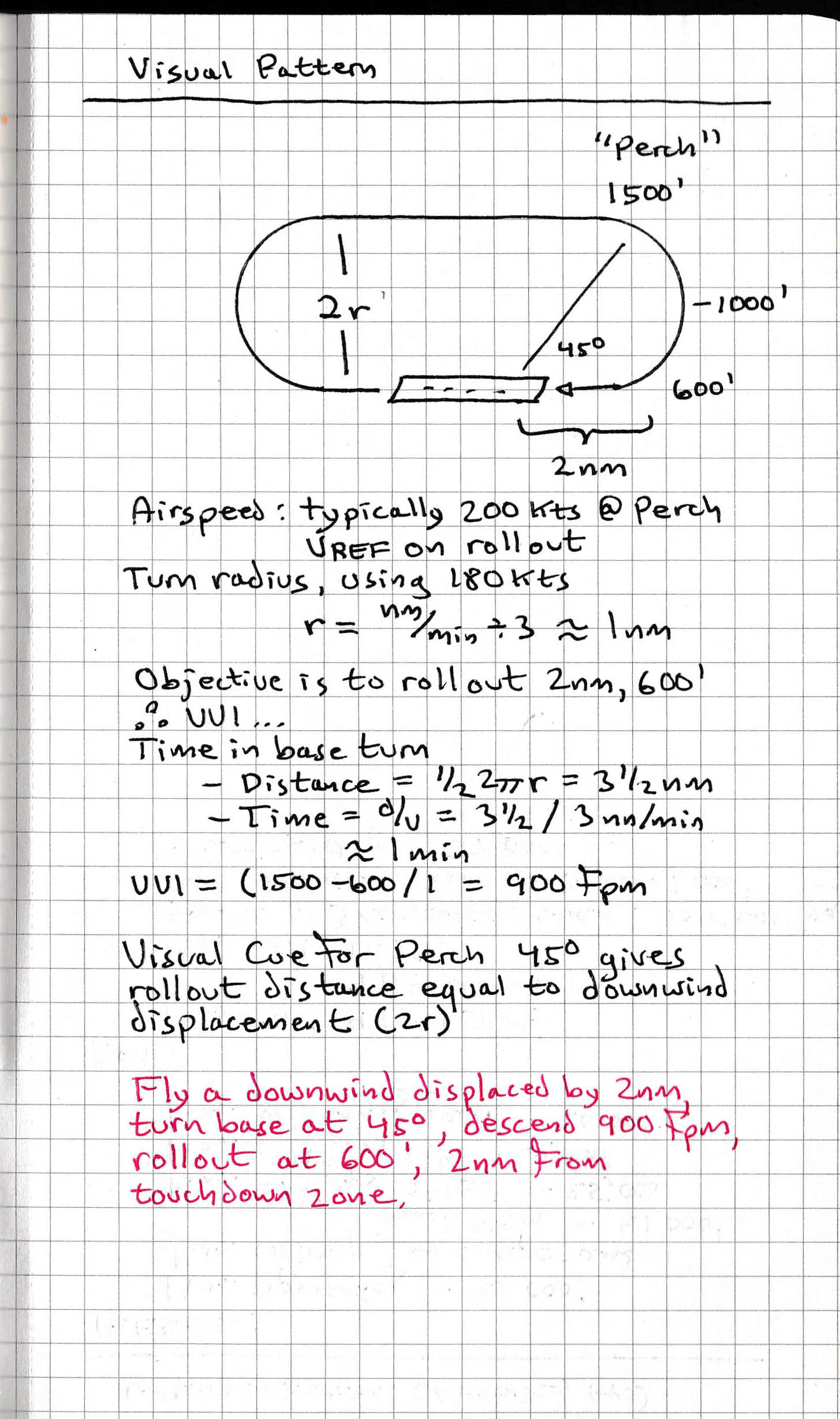I used to have a collection of notebooks that took up two shipping crates in my basement, always there and ready for reference. At the time of the disaster, it was thirty years of notes. Disaster? Yes, our basement flooded while I was on a trip and I came back to a wet sogginess that was only surpassed in its grossness by the mold that clung to many of the boxes and all of the drywall. I rented a 30-yard dumpster and my marching orders were clear: get rid of anything with any mold.
— James Albright

Updated:
2020-12-13
I did that.
I was a model of efficiency. I managed to convert our moldy finished basement into a pristine unfinished basement in three days. After the dumpster driver took our troubles away, The Lovely Mrs. and I marvelled at how much nicer everything was, with all those decades of clutter gone. It was only a month later, while looking for some of my archives did I realize what I had done.
The notes. The two boxes of notes were gone.
Of course I had notes spread all over the house and it wasn't a total loss. But it was a loss. As I write this, on Christmas day, I am happy to say I found a notepad from 1994. This was the year I left the 89th Airlift Wing at Andrews and was headed to the Pentagon. I believed my flying days were over and decided to summarize my fourteen years of flying into what I called back then, "one pagers." The idea was that if you couldn't summarize a lesson into a single page, you hadn't thought it through enough. Keep in mind that this was before the days of GPS and it was before I had ever seen a real Flight Management System computer. So, before the next disaster, I've scanned the notebook and here it is.

60 to 1
More about this: Stories: 60-to-1
Airspeed
More about this: Stories: Ice-T
Altimetry
More about this: Altimetry
Angle of Attack
Over the years the T-38 angle of attack guide has proven remarkably consistent across the various jets that I've flown, except the GVII-G500. I haven't yet figured out why.
More about this: Angle of Attack
More about this: Stories: Angle of Attack (1979)
Approach VVI
You may have heard or realized that your approach VVI on an ILS is usually around 600 to 700 fpm. It depends on your approach speed and the winds. If you simply take your ground speed, divide by two, and multiply by ten, you will have something that is very close for a 3° glide path.
More about this: Approach VVI
Arc Distance
So why did we need this technique back in the day? The instrument world was filled with arc approaches requiring a descent along the arc. Knowing the distance along the arc allowed us to make the descent more gracefully.
More about this: Arc Distance
Arcs
More about this: Arcs
Asymmetrical Thrust
More about this: Asymmetrical Thrust
Behind the Power Curve
More about this: Low Speed Flight
Block Times
This used to be the most stressful part of flying for many of us at the 89th Airlift Wing, trying to get to the red carpet plus or minus 5 seconds. Thankfully that kind of silliness is over. But there are some useful techniques here for other situations, such as making an oceanic entry point on time.
More about this: Stories: Block Times (1992)
Cabin Fire
More about this: Cabin Fire
More about this: Stories: Tutti Fruiti (1983)
Circling Approach
More about this: Circling Approach
Climb Gradient
More about this: Stories: Climb Gradient (1980)
Control and Performance Concept
More about this: Control Performance Concept
Course Intercepts
More about this: Stories: Course Intercepts (1979)
Course
More about this: Navigation: Direction
Equal Time Points
More about this: Equal Time Points
Fix-to-fix Navigation
More about this: Fix-to-fix (1979)
Holding Pattern (FAA)
More about this: Holding
ICAO Course Reversal Entry
More about this: Course Reversals
ICAO Course Reversal
More about this: Course Reversals
Jerk
More about this: Stories: Smoothness
L over D max
More about this: L/DMAX
Maintain Arc with bank angles and brackets
More about this: Arcs
Maneuver Speed
More about this: VA
Runway Distances
More about this: Runway Data
Teardrop Angle
More about this: Story: Holding Pattern Teardrop Angle
TERPS Takeoff
More about this: Departure Obstacle Analysis Strategy
Turn Radius
More about this: Turn Radius
Unusual Attitudes
More about this: Unusual Attitude Recovery
Visual Pattern
More about this: Stories: Final Turn (1979)
More about this: Stories: Traffic Pattern Geometry (1986)
